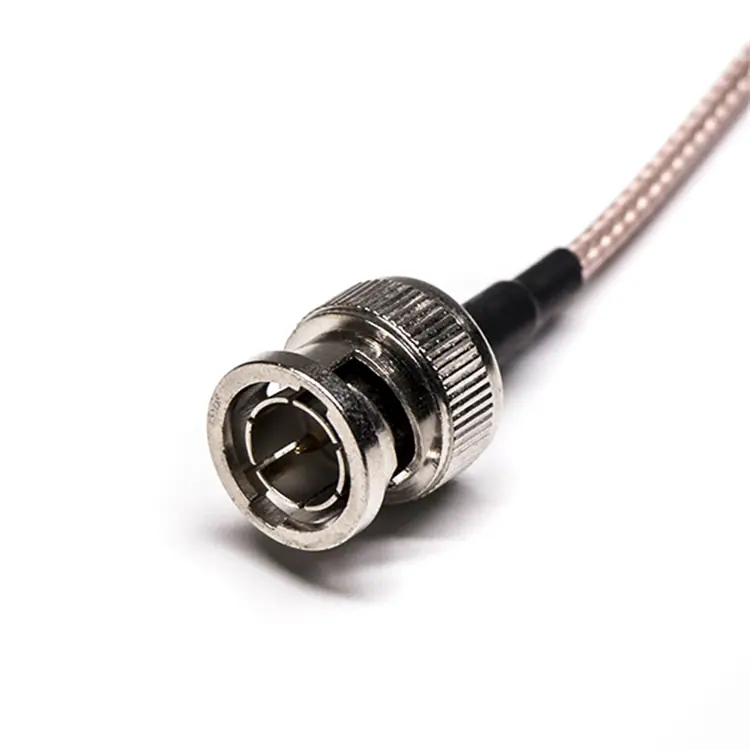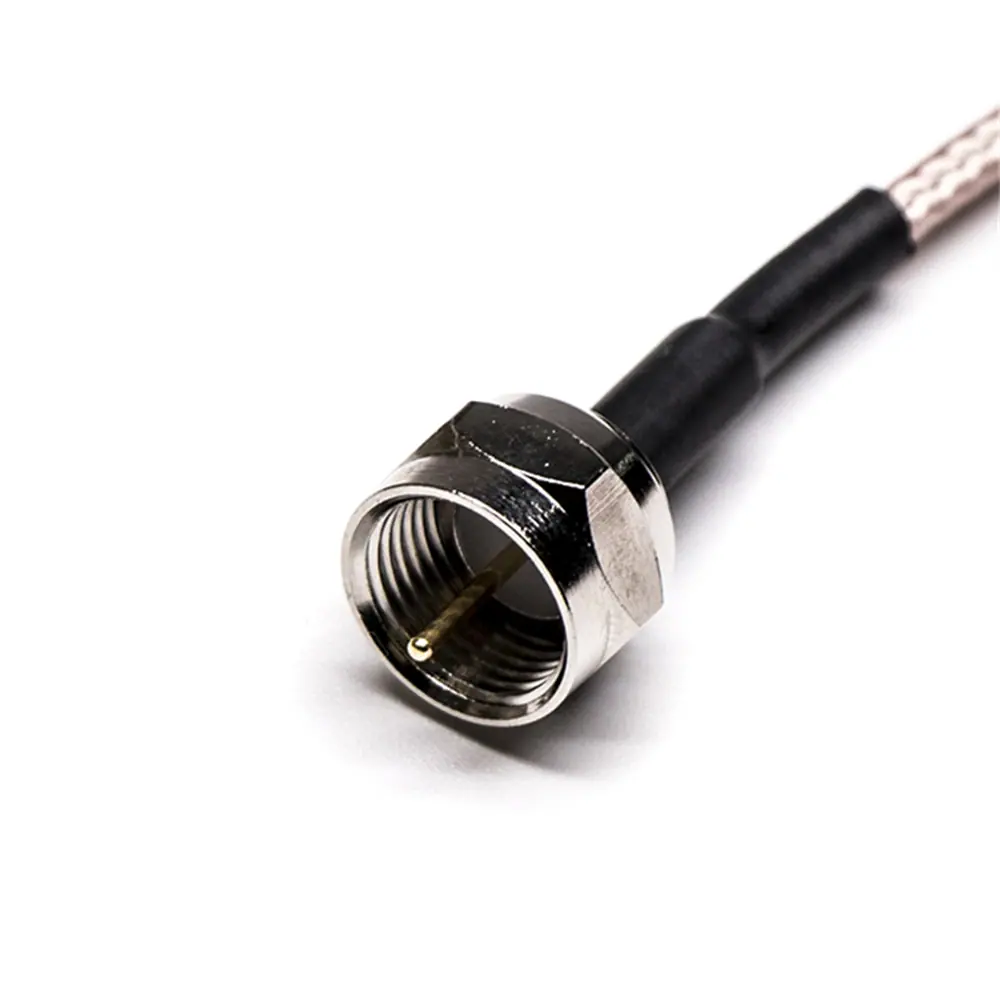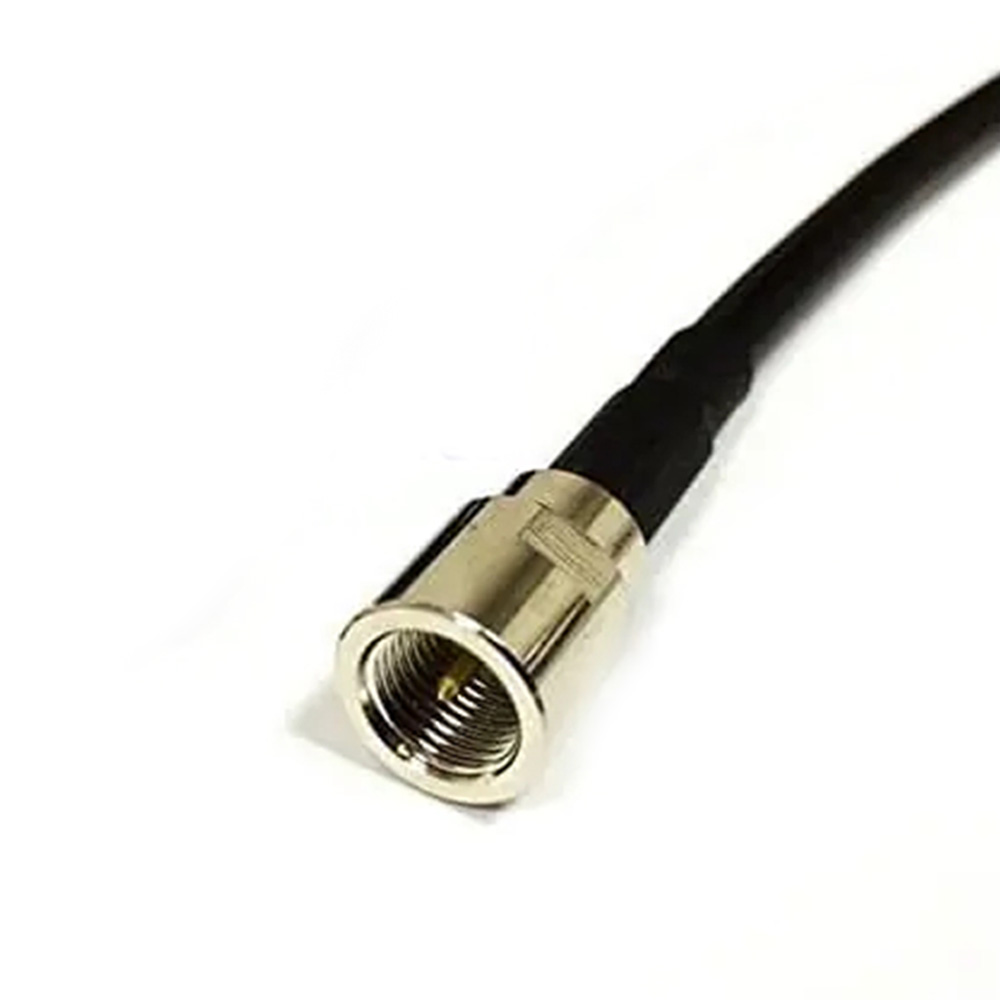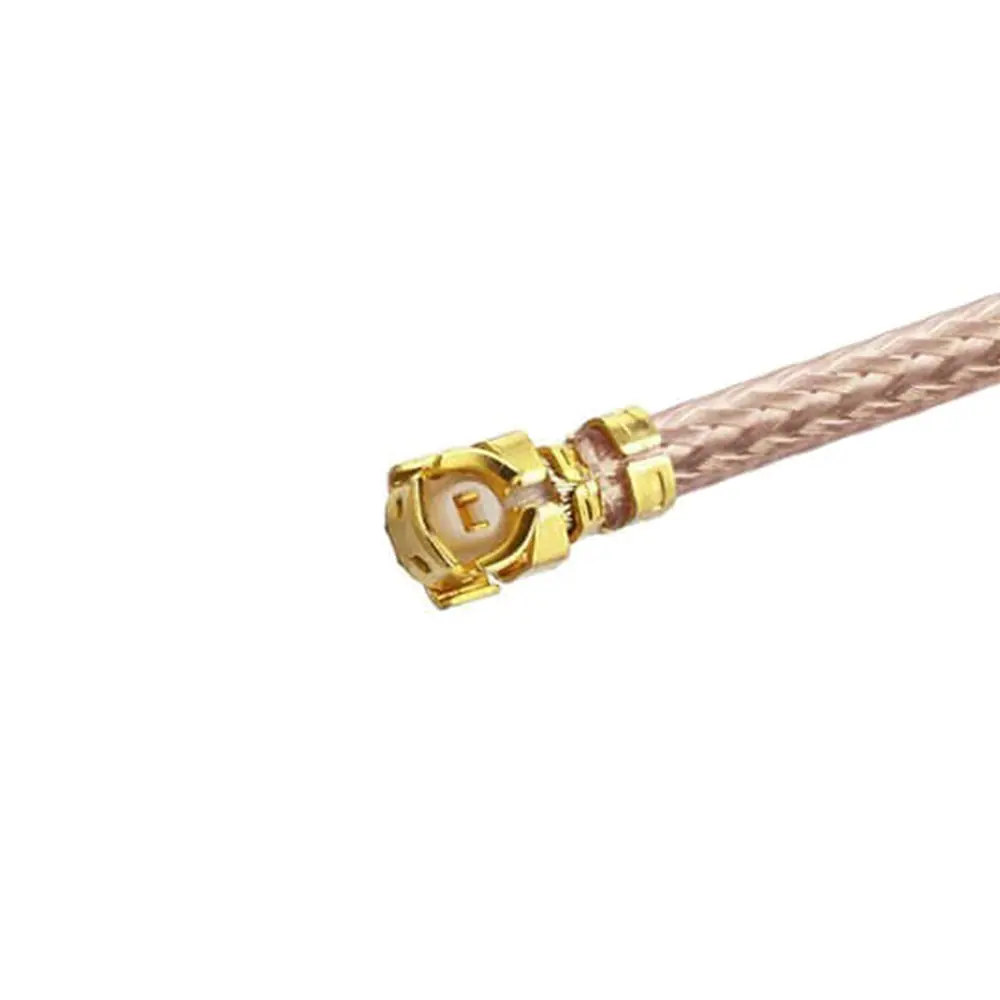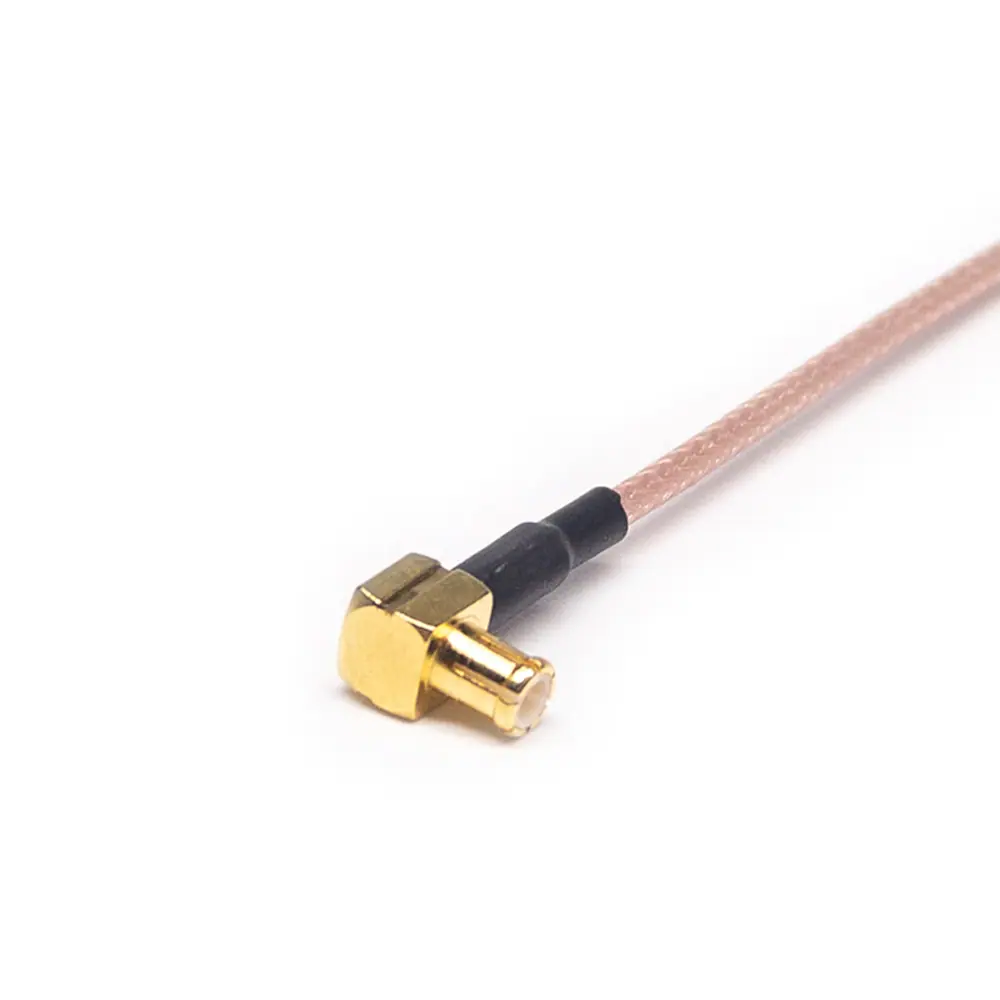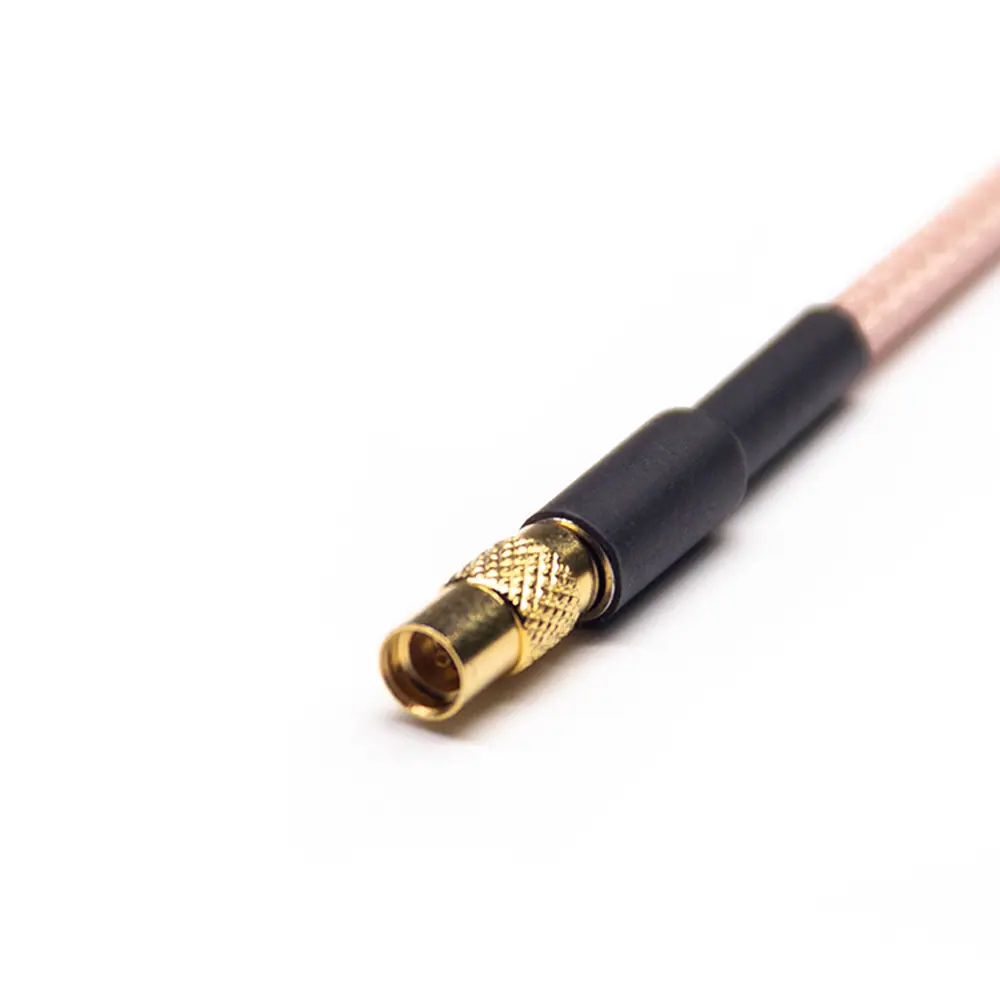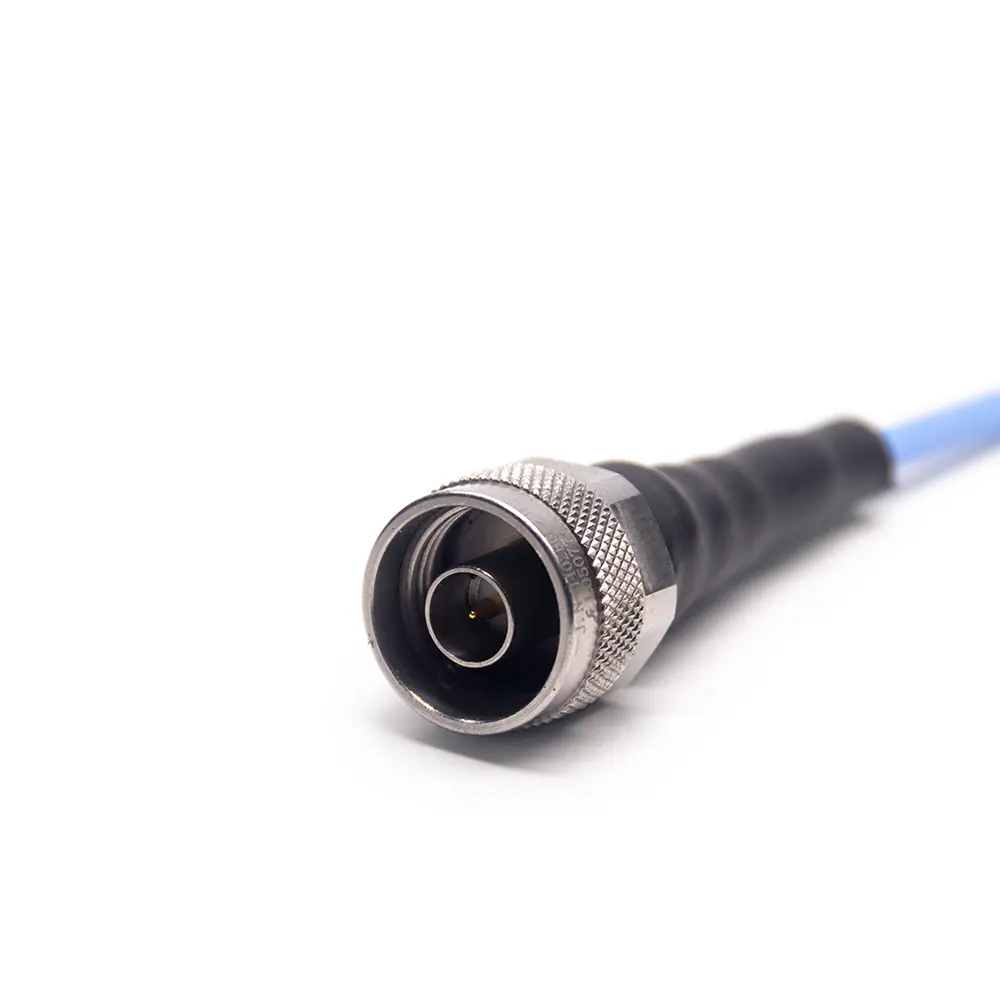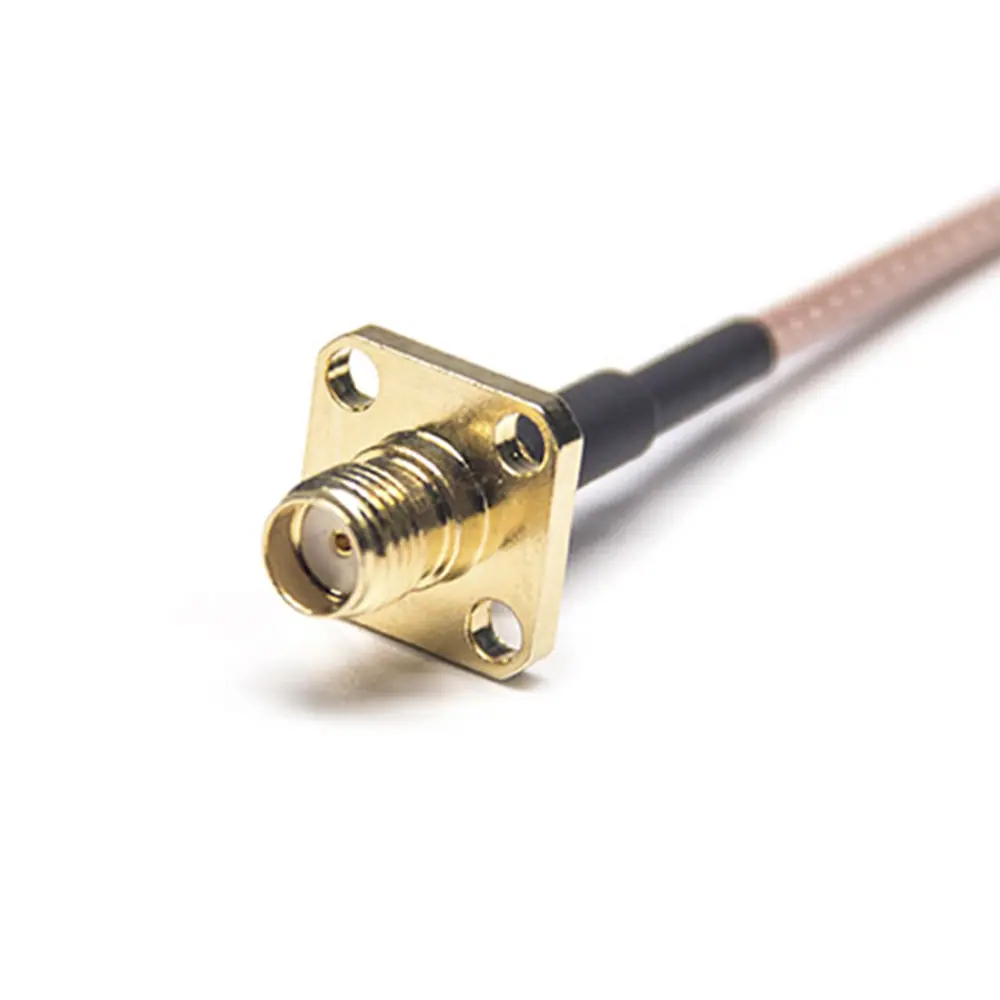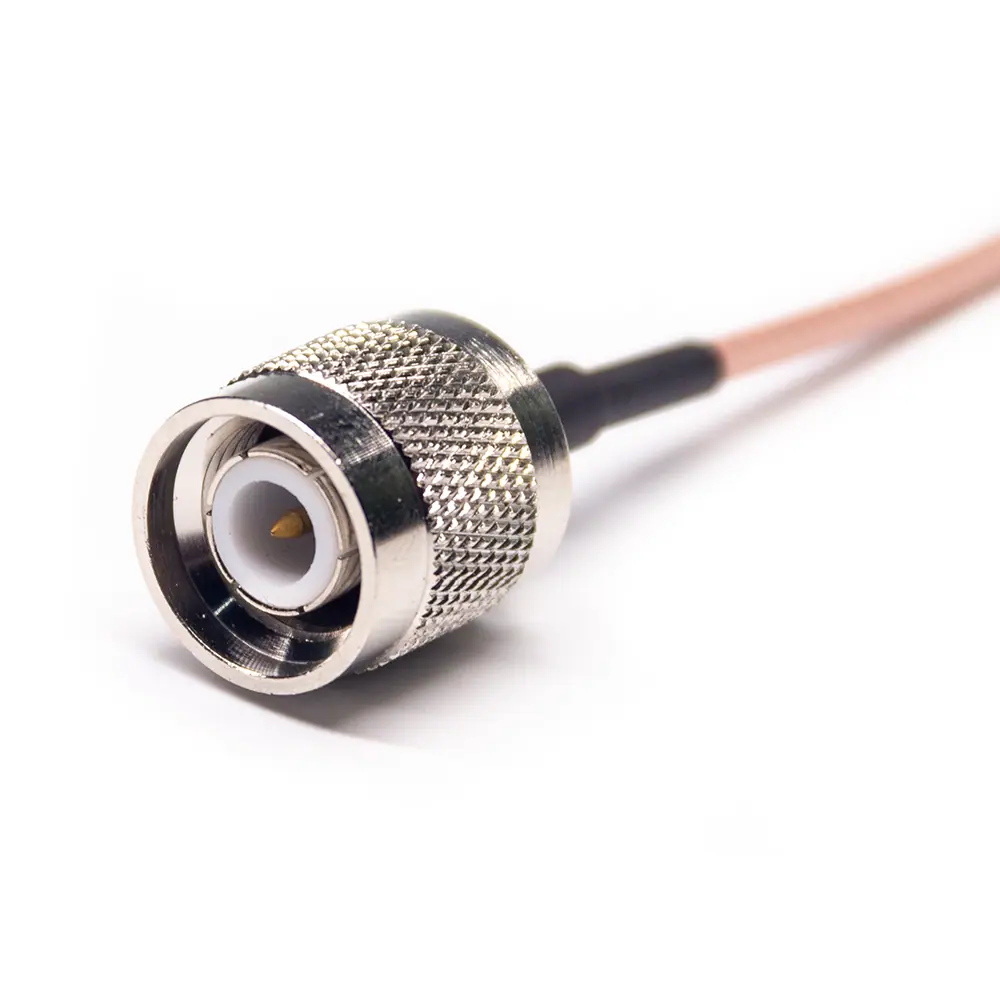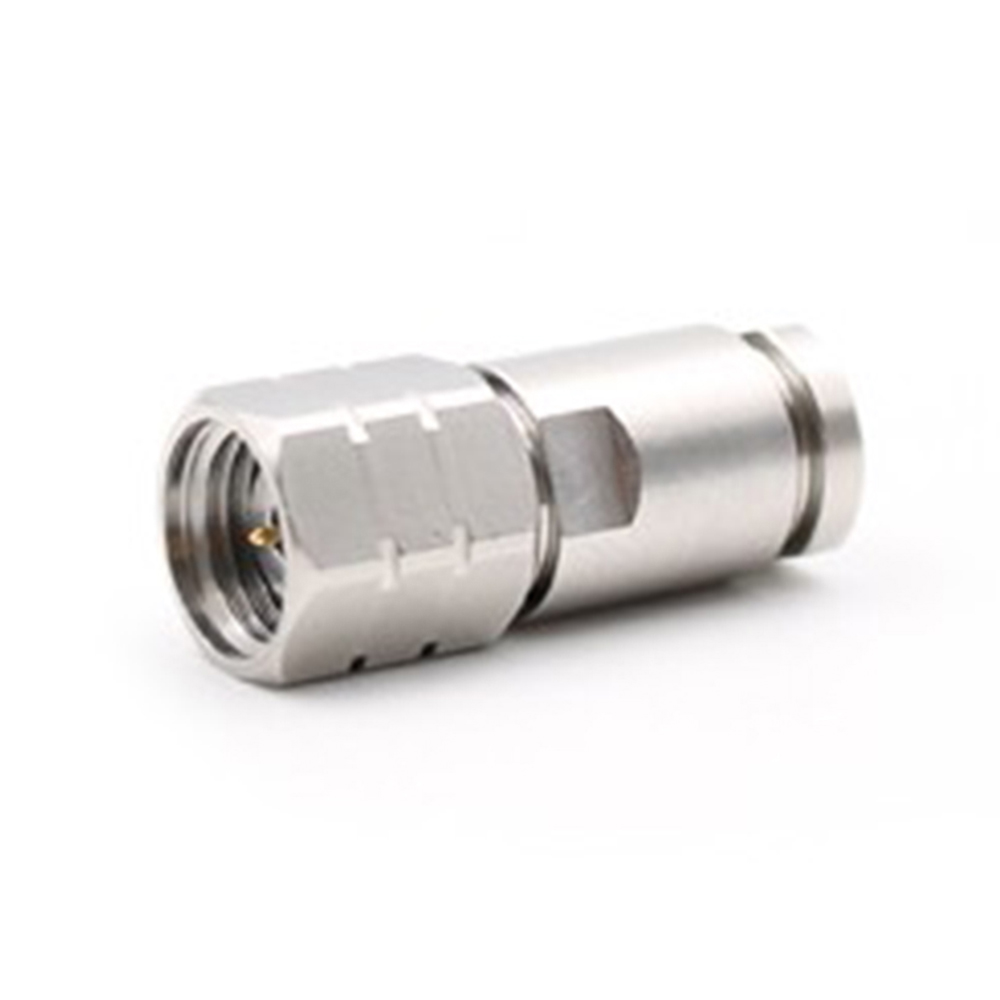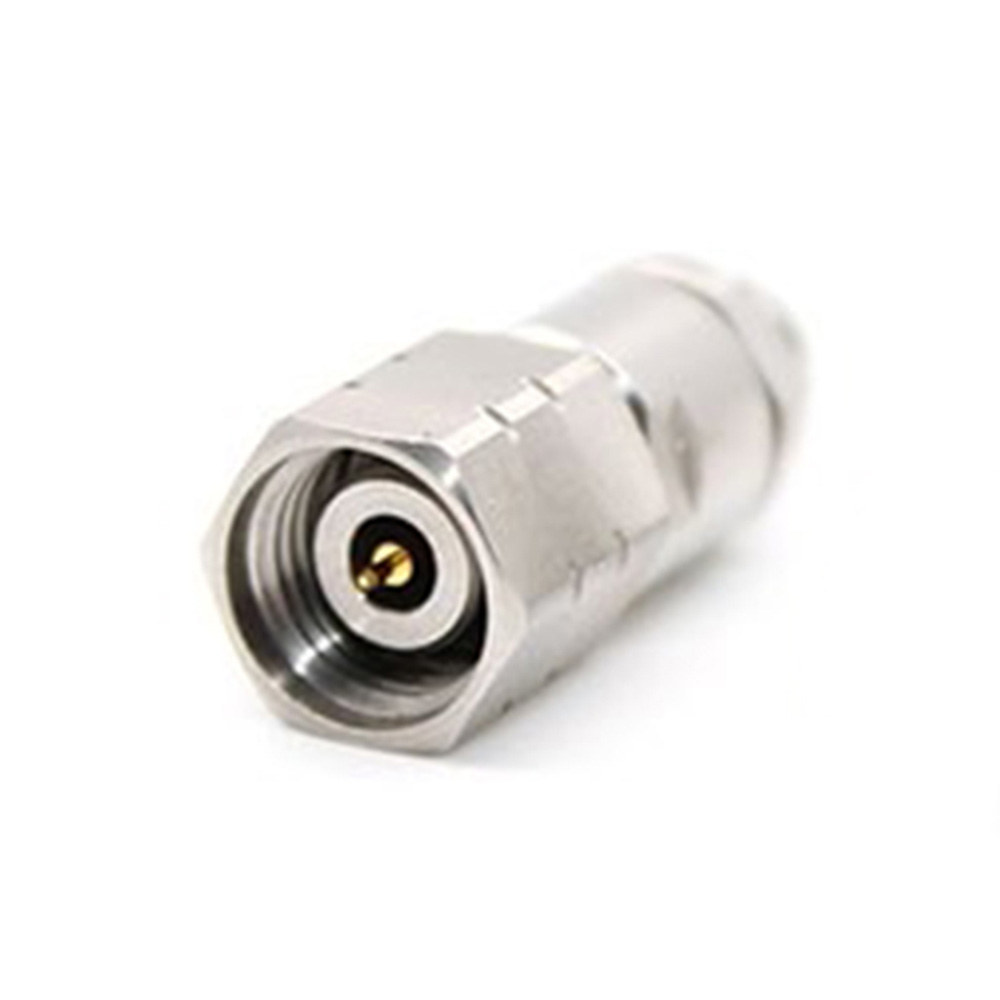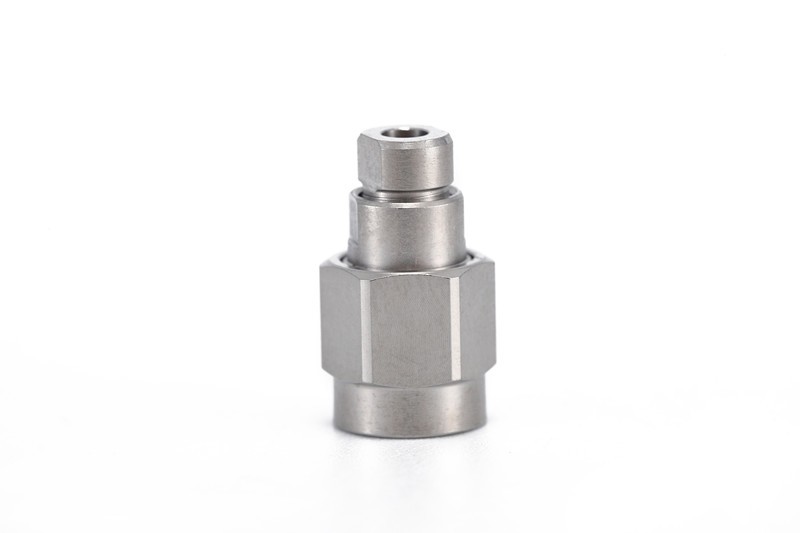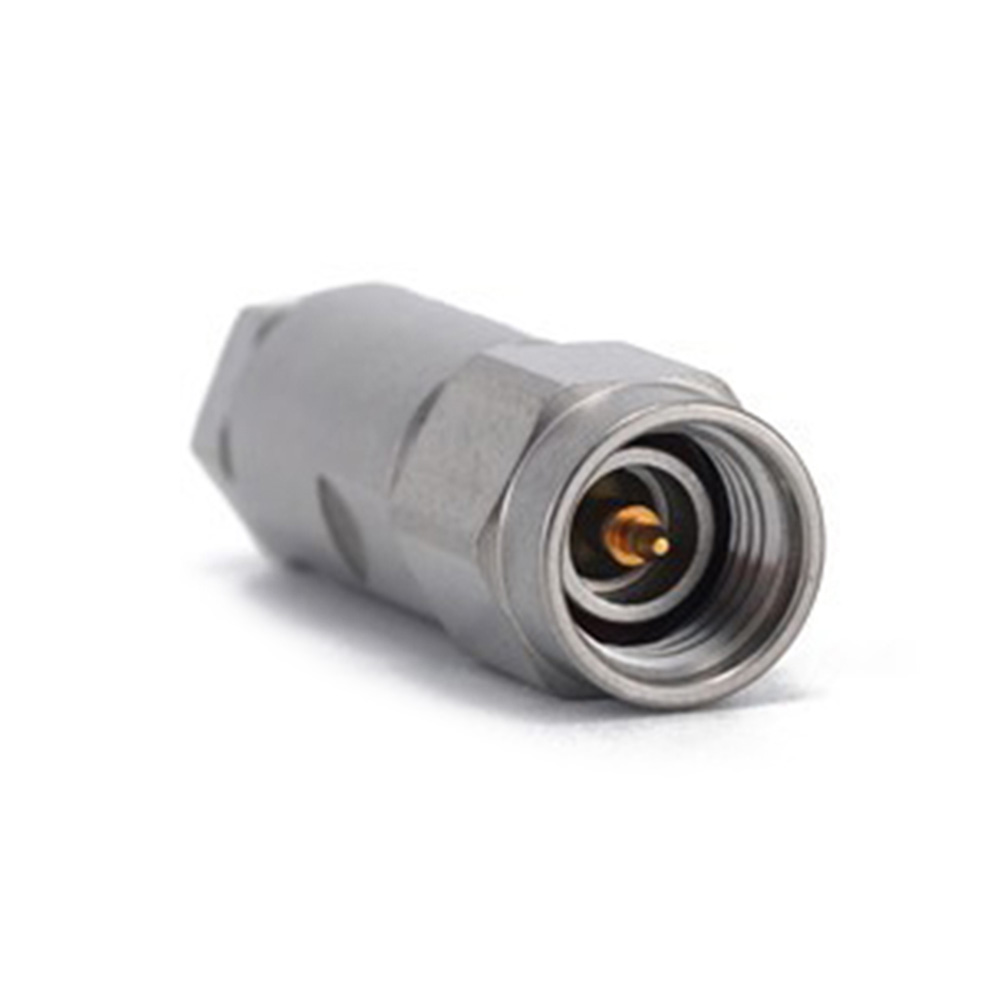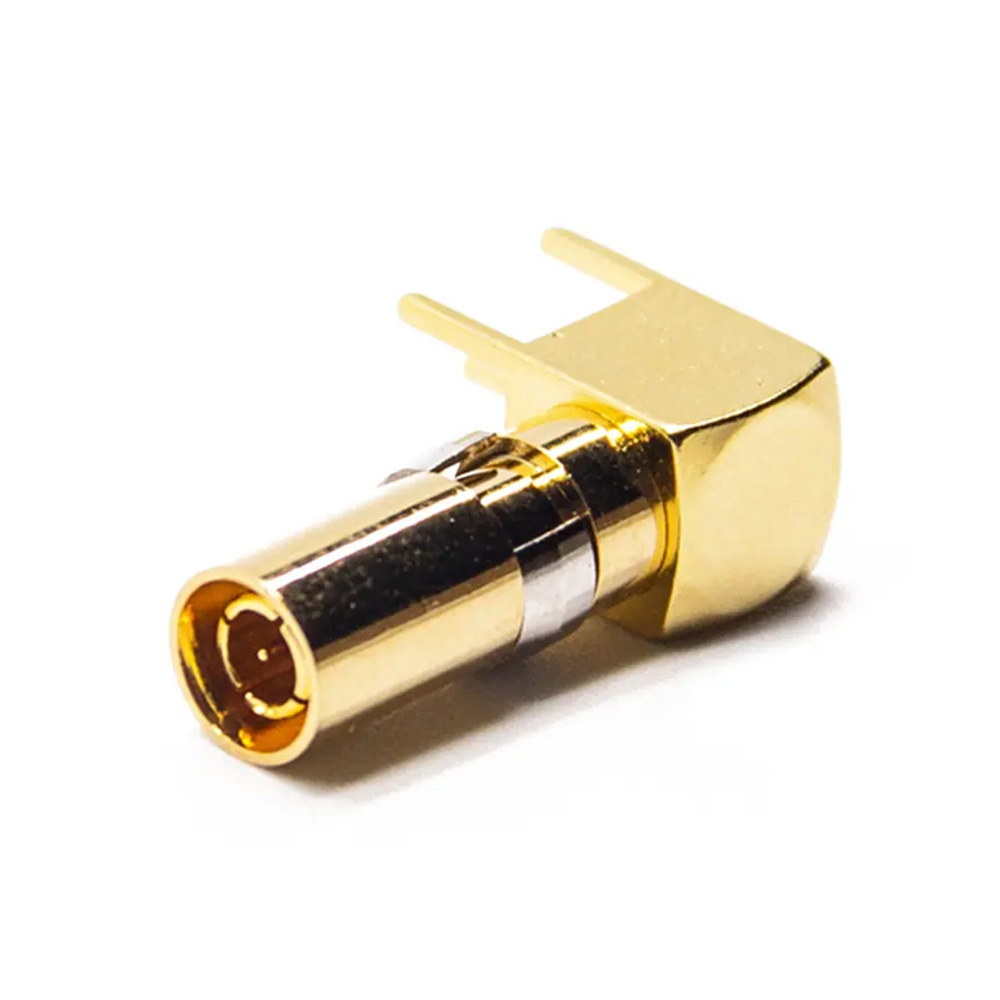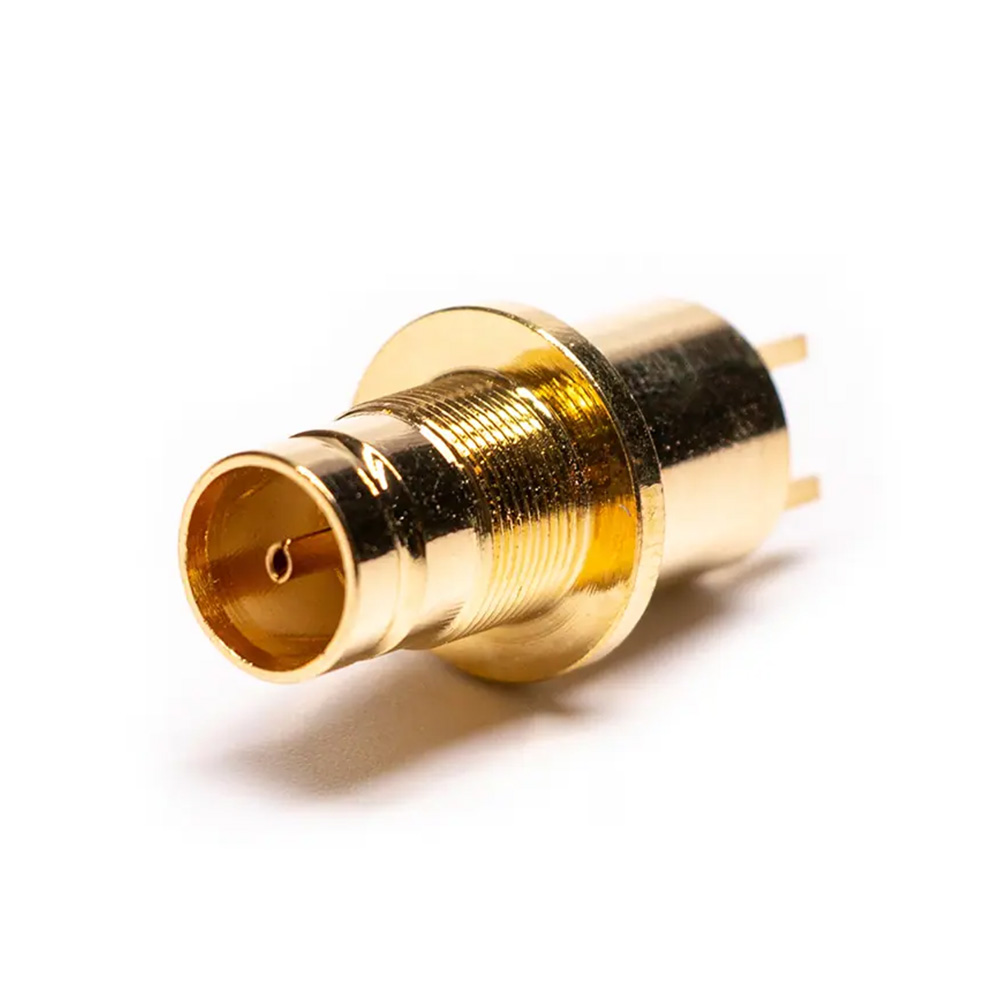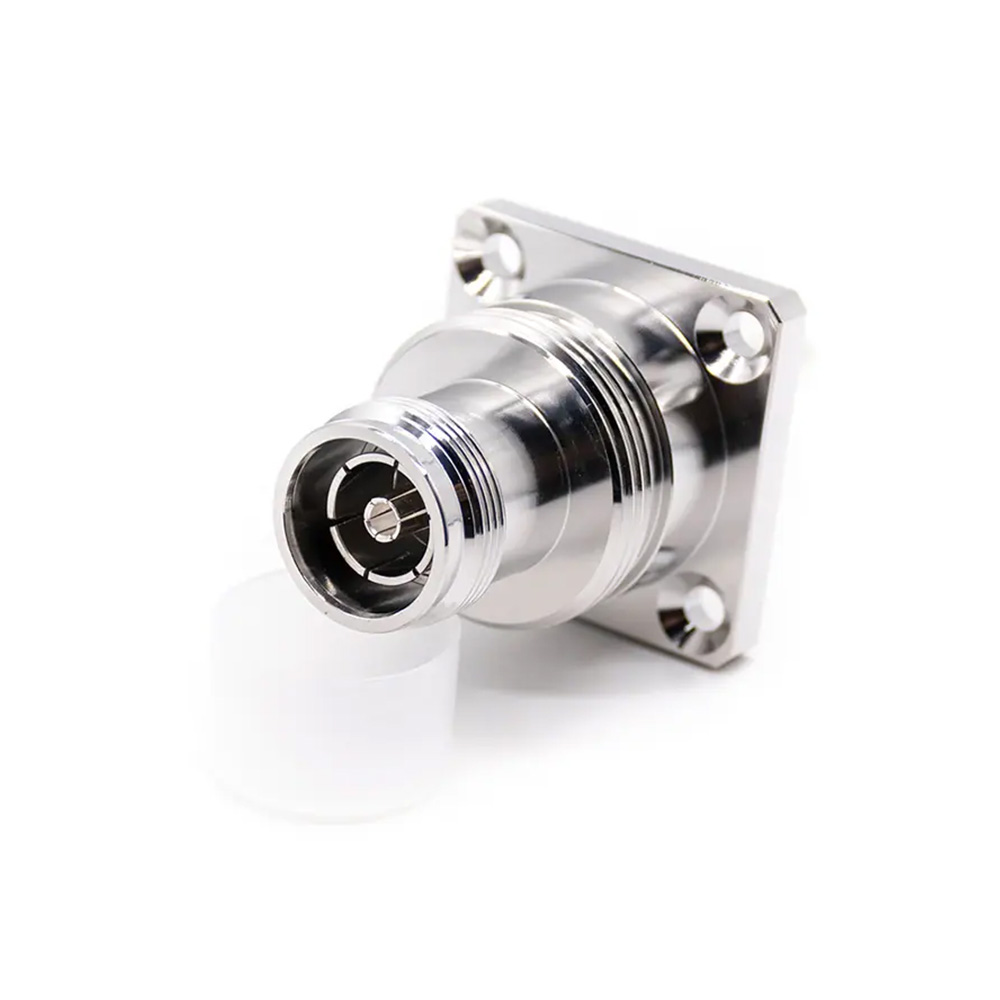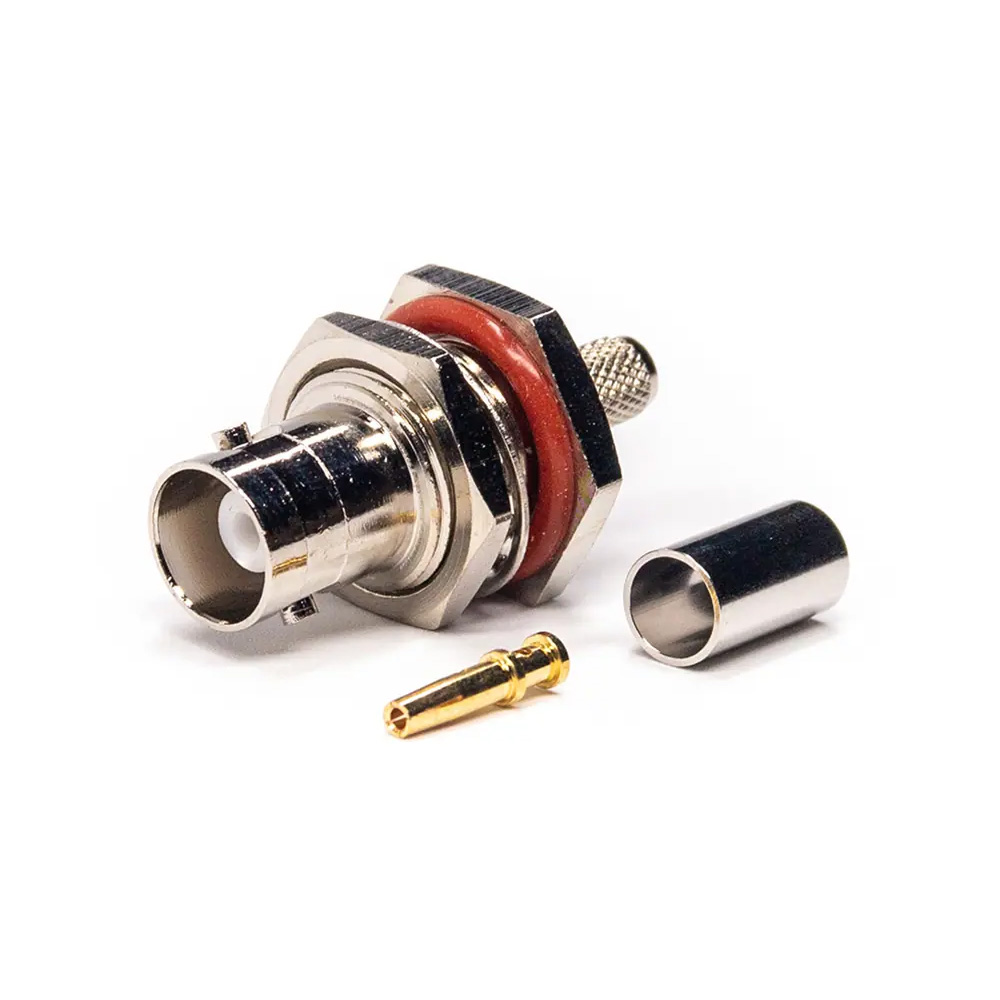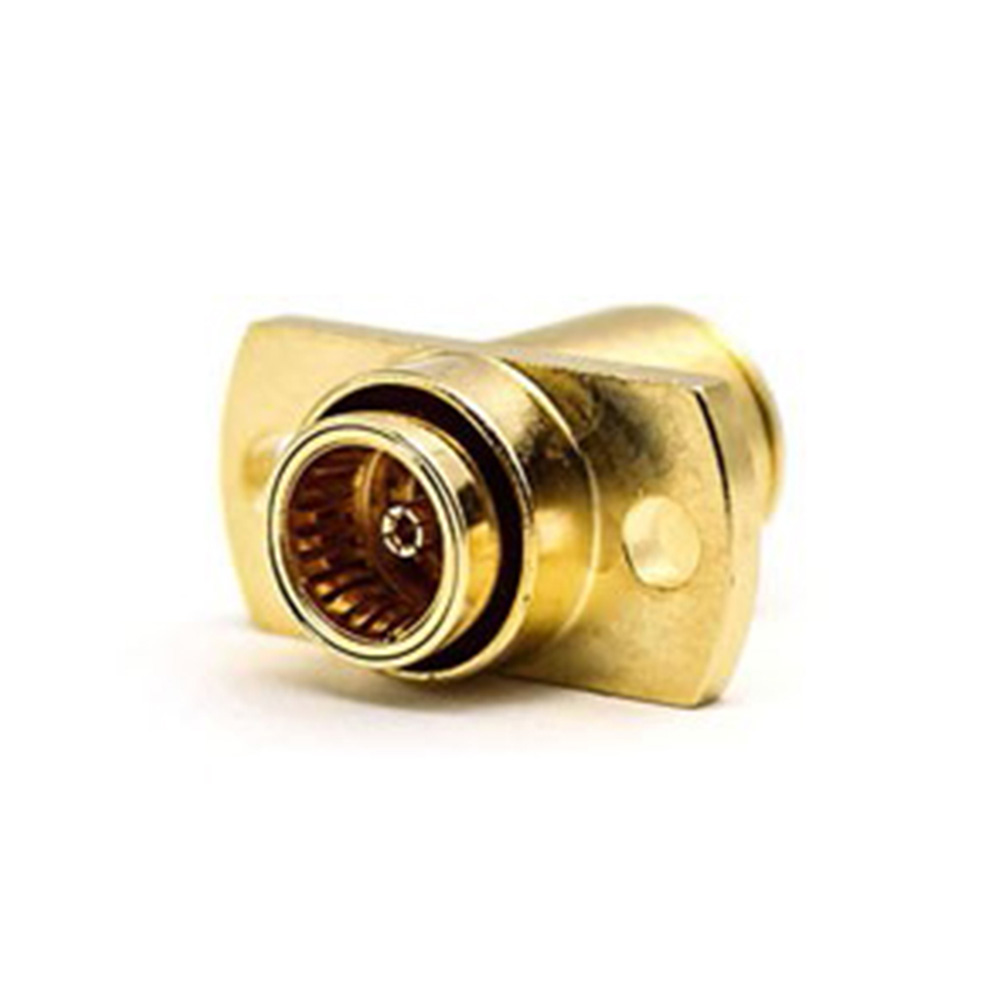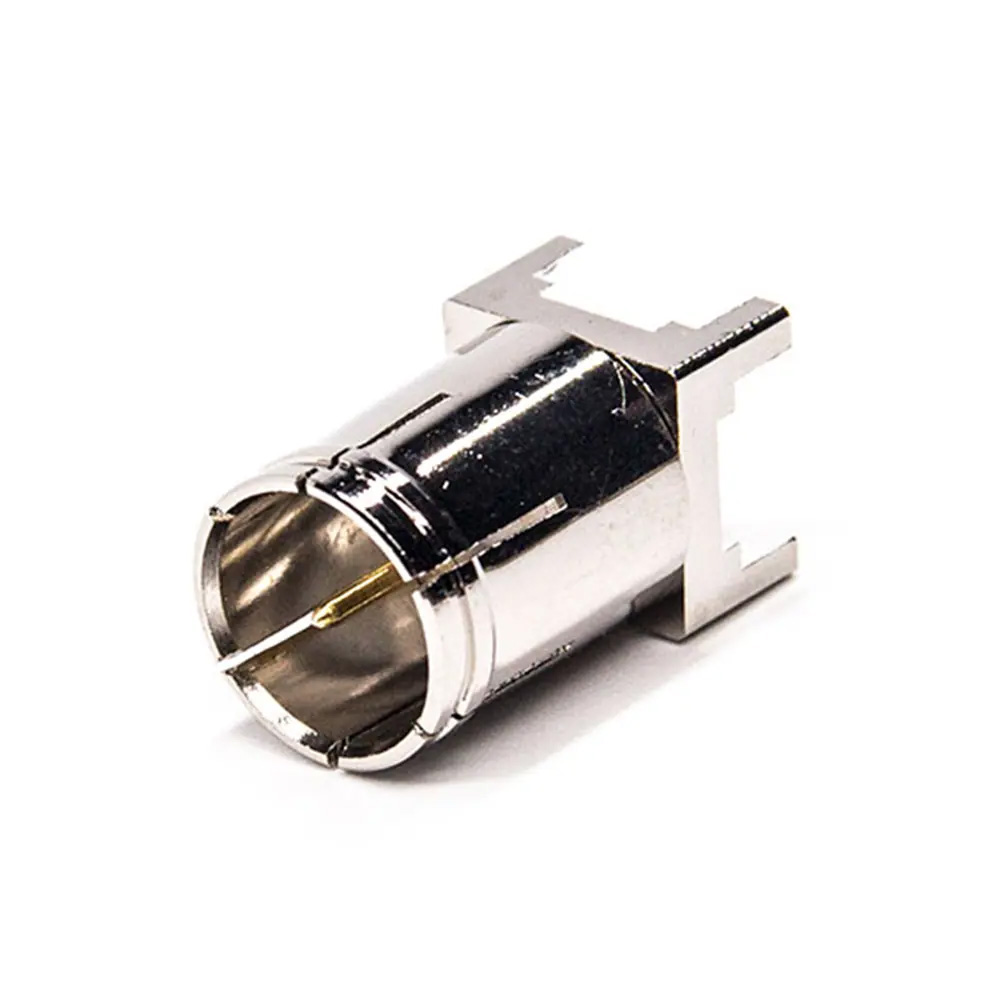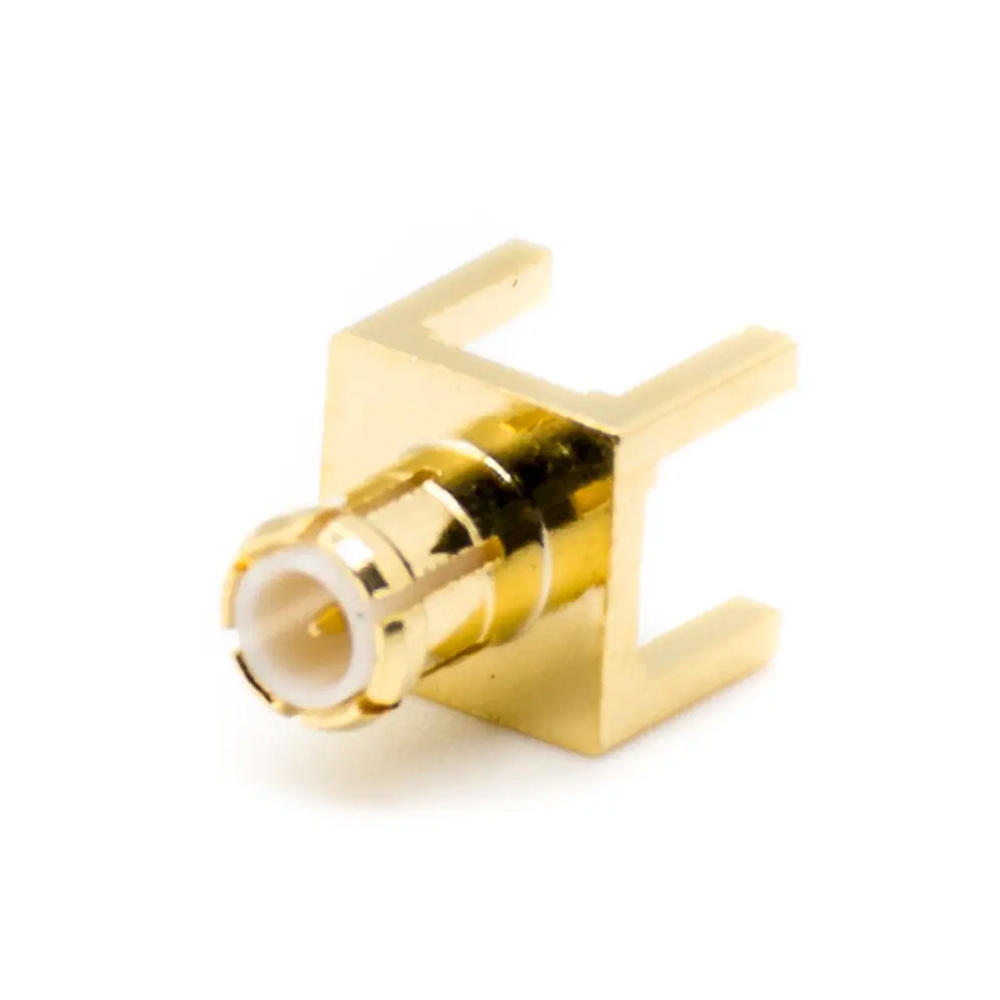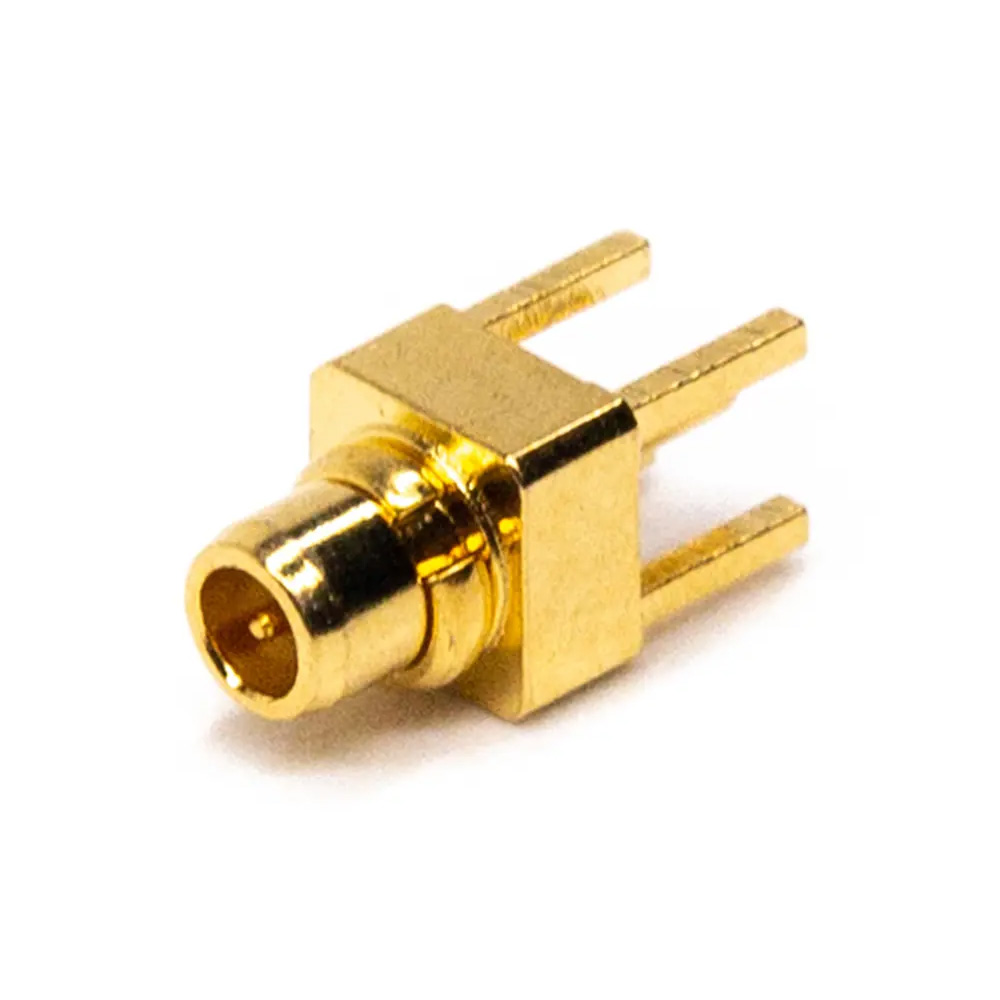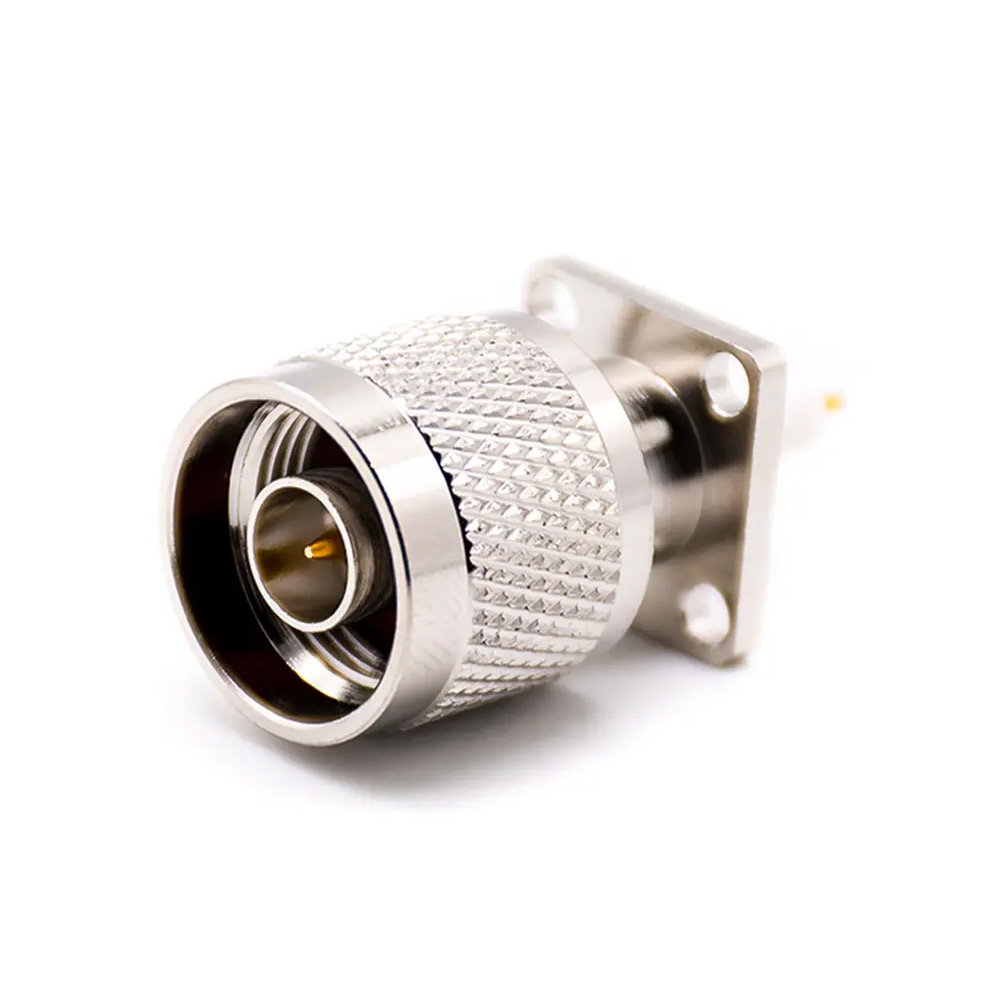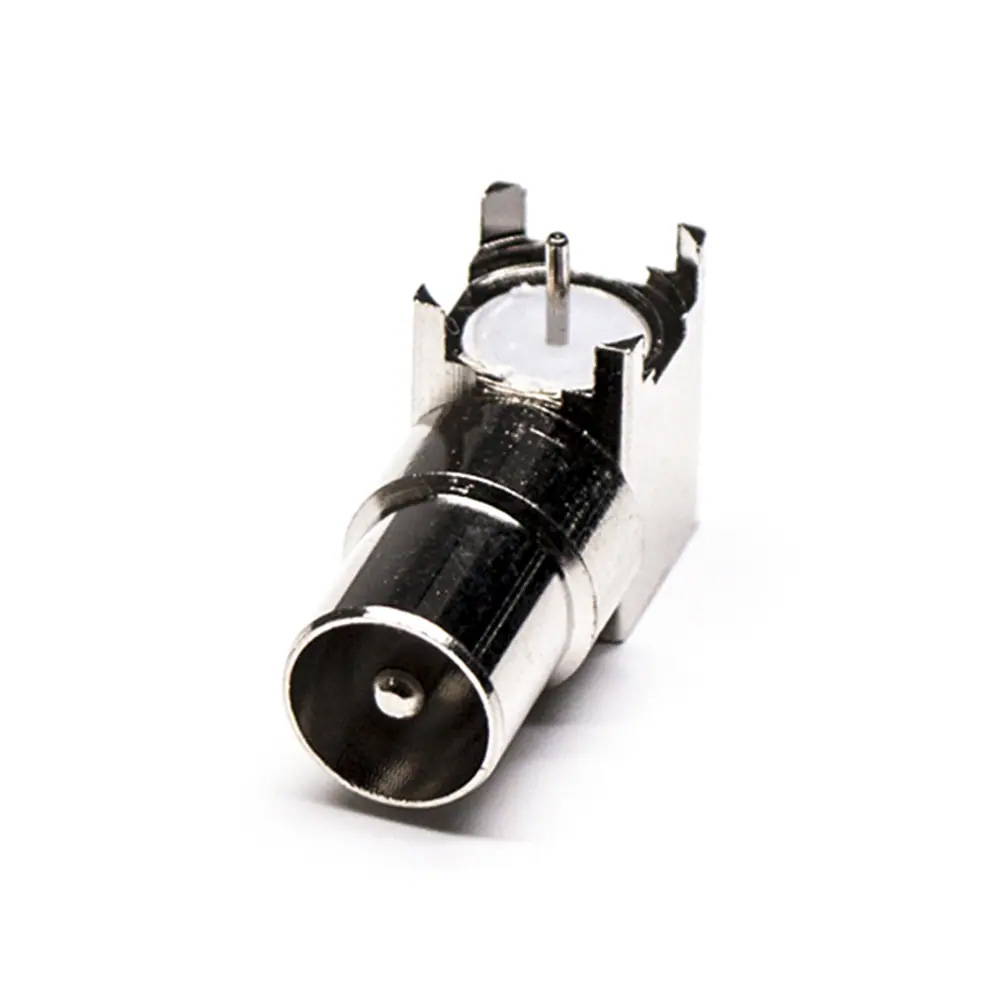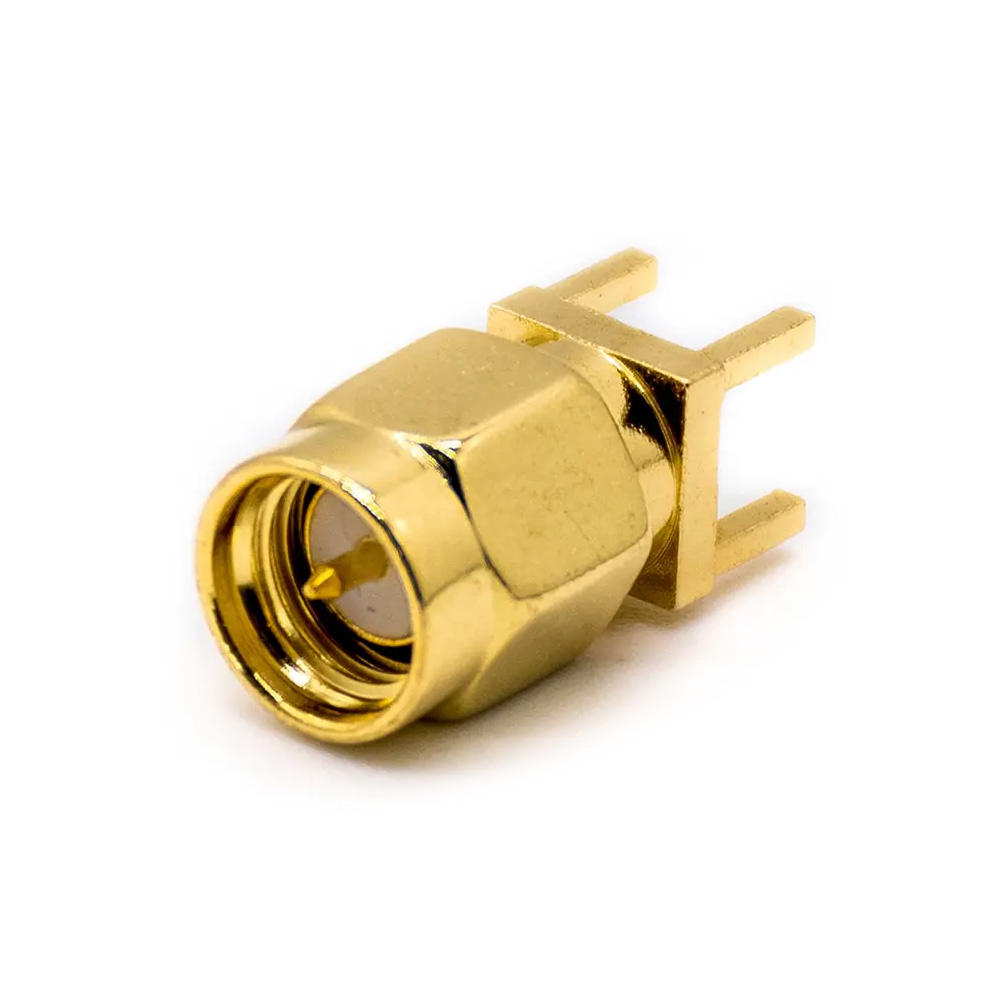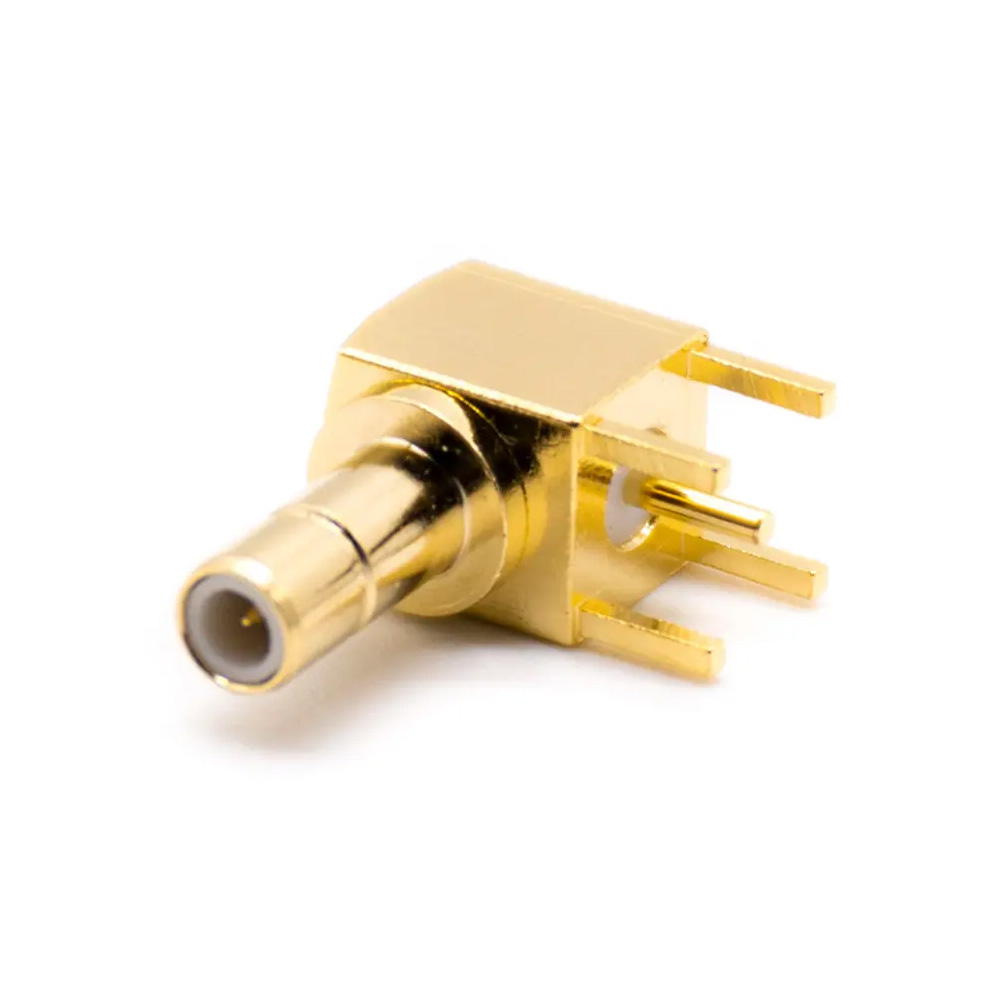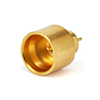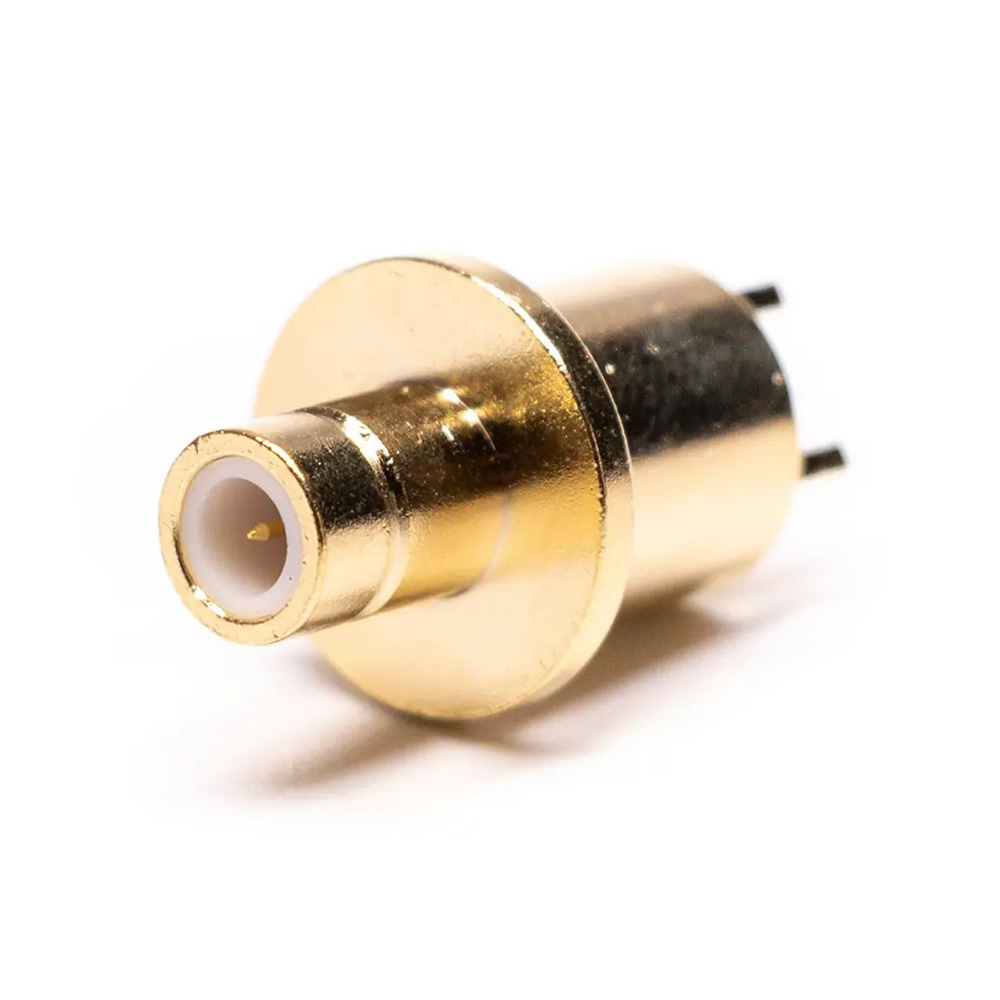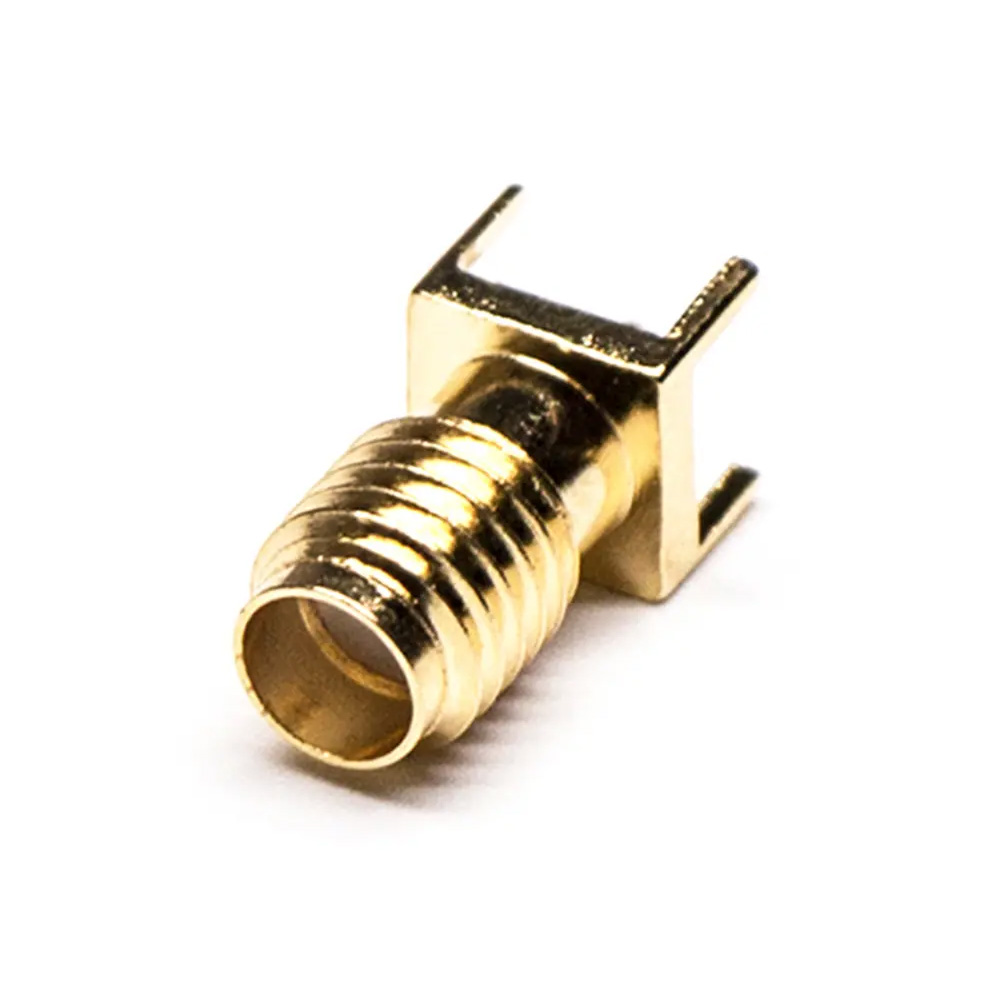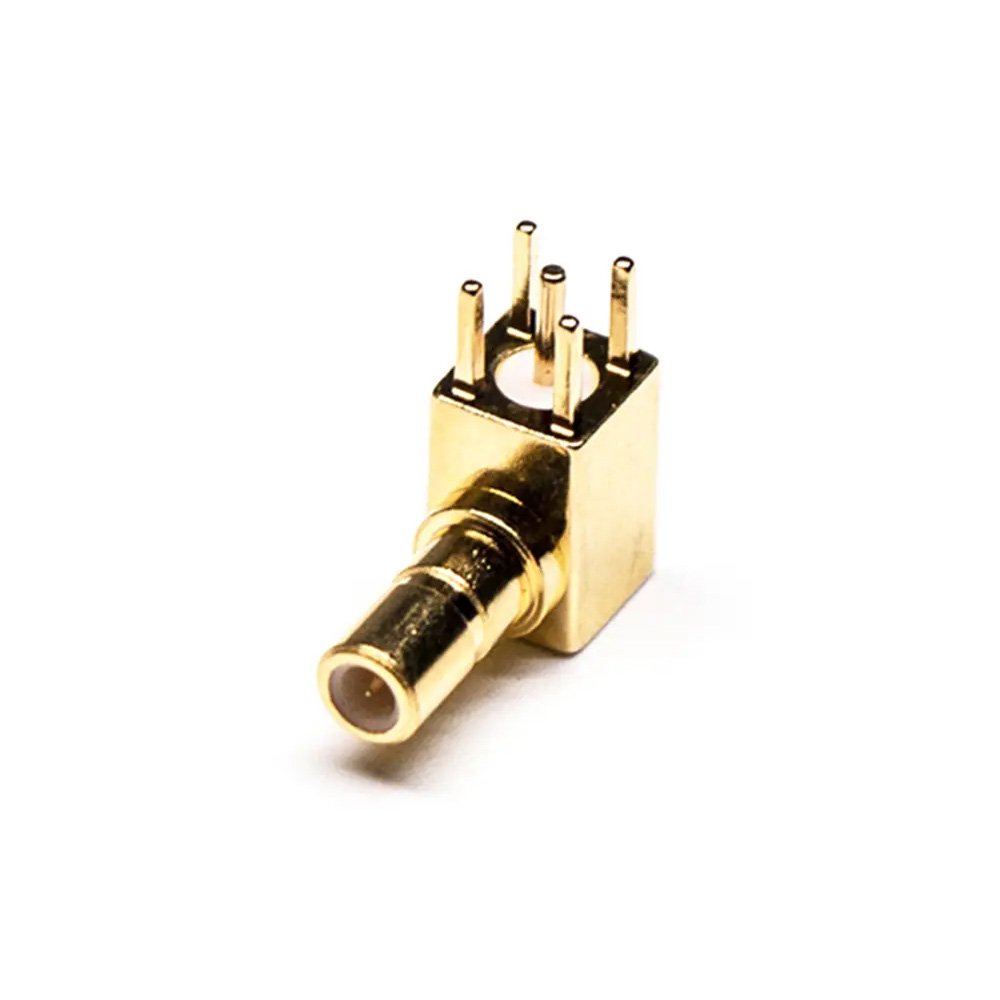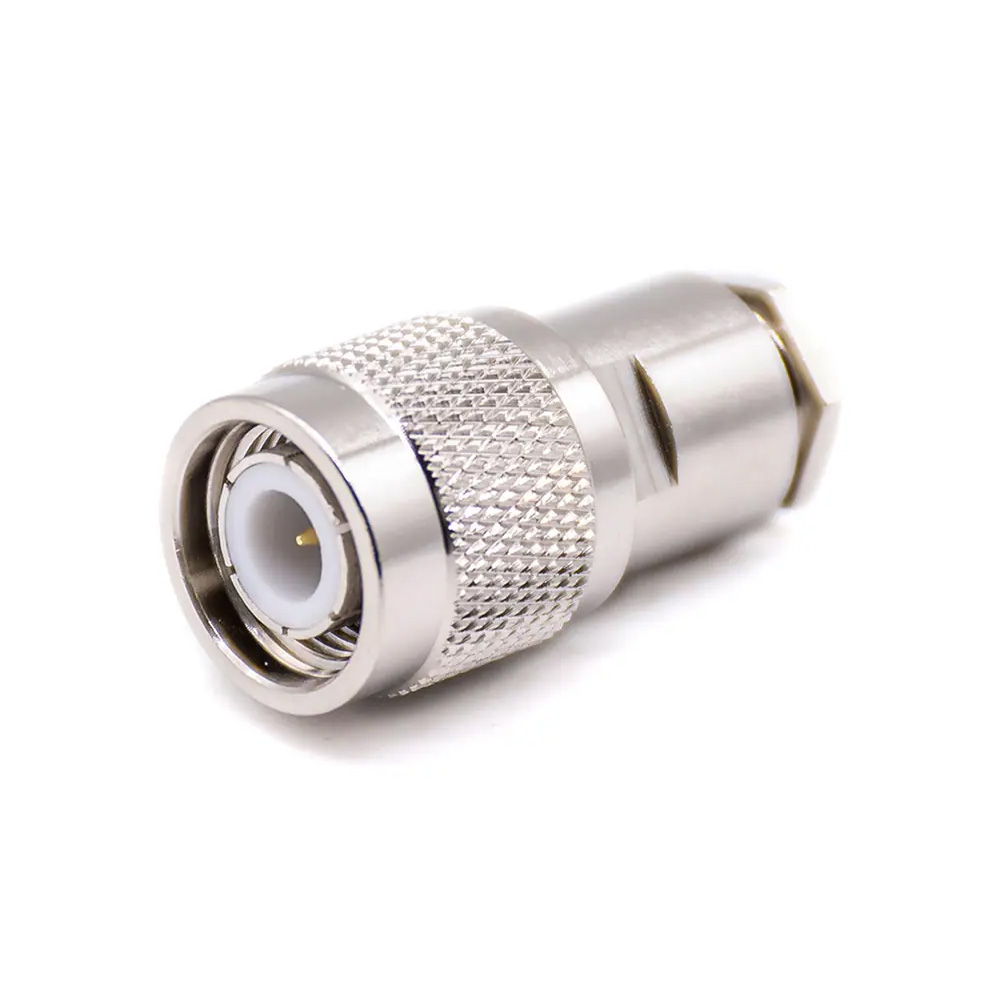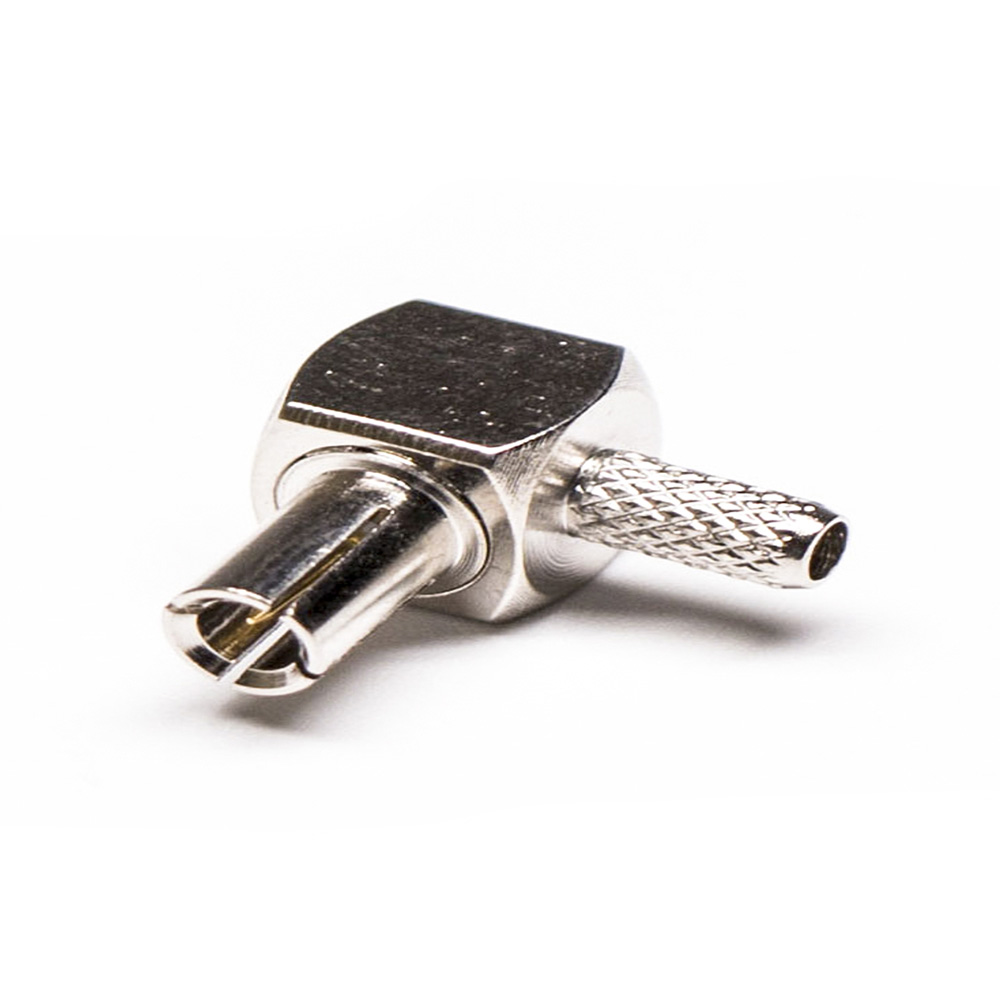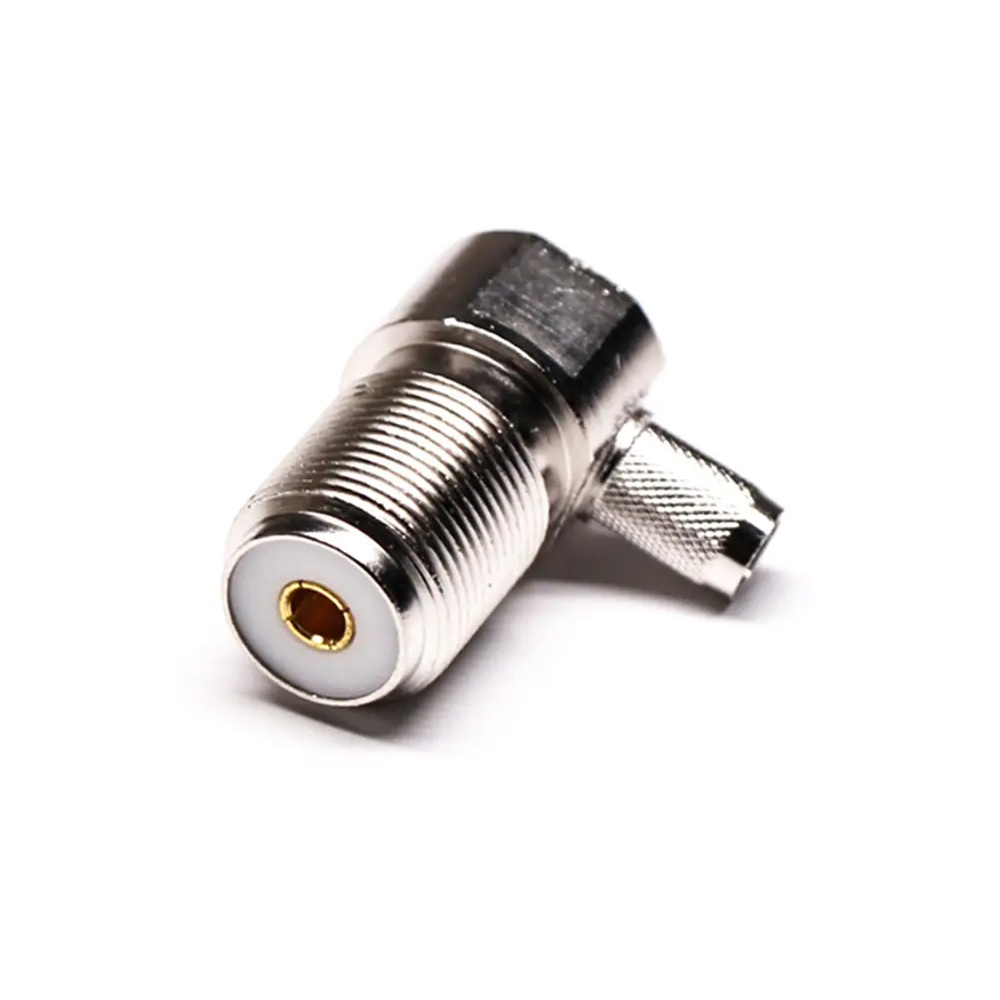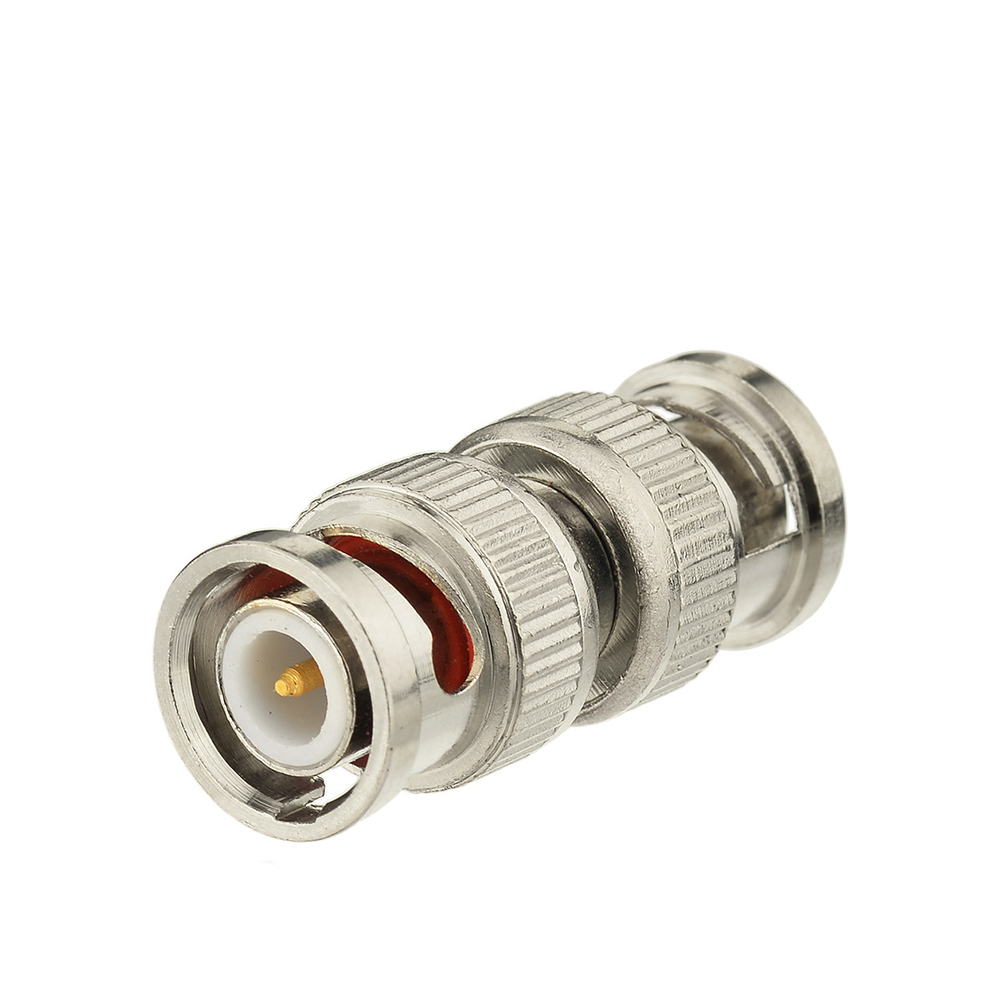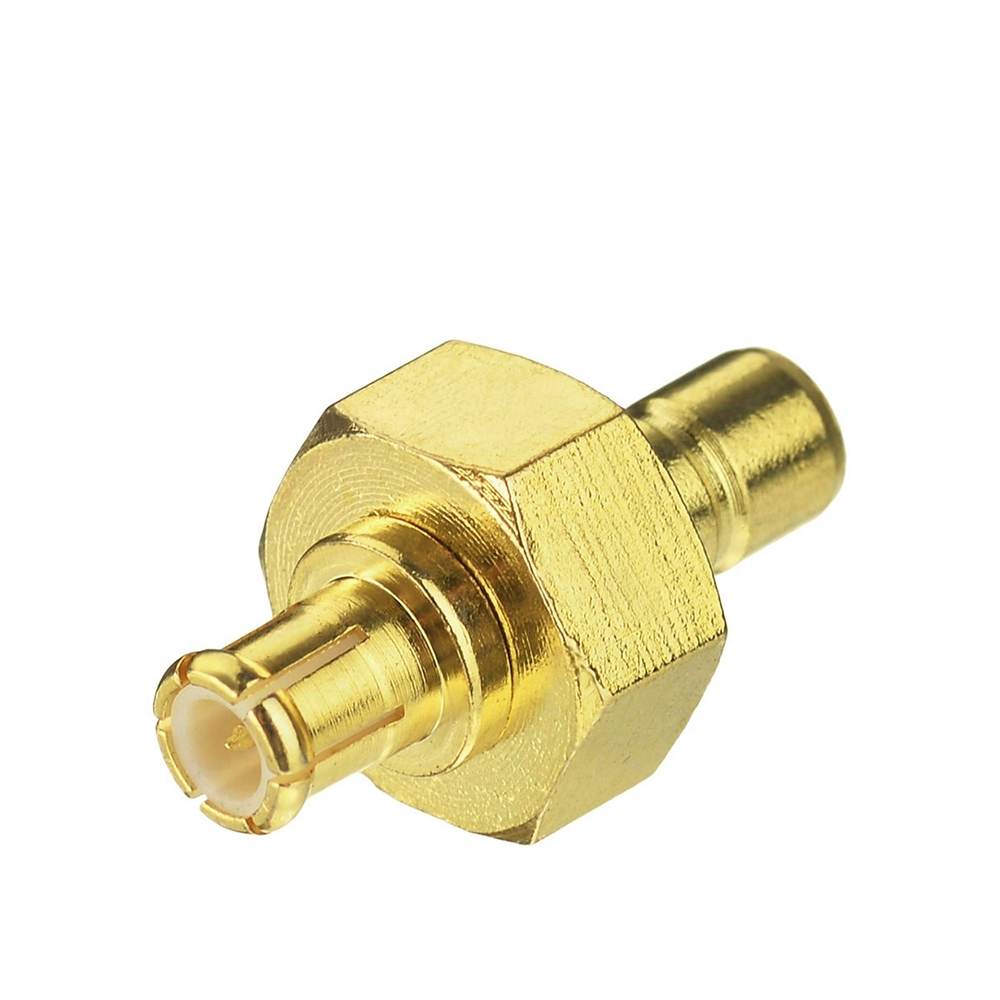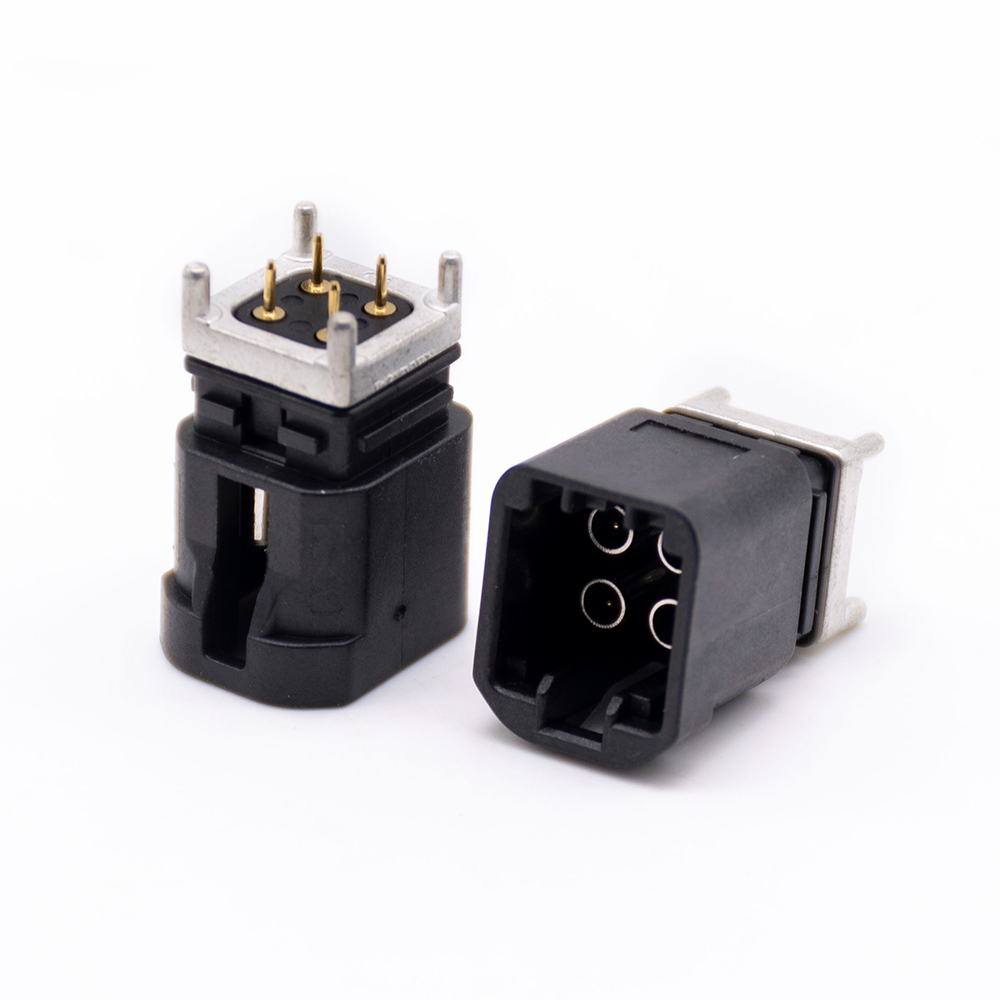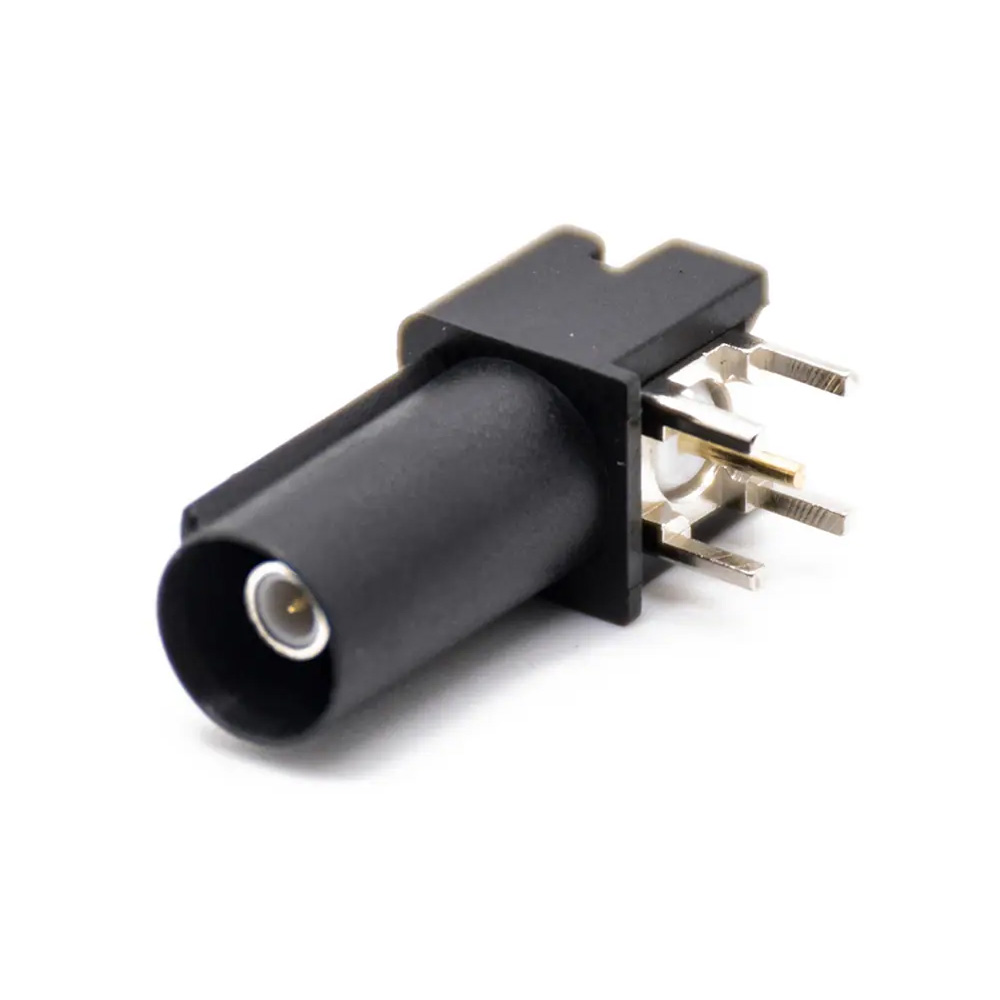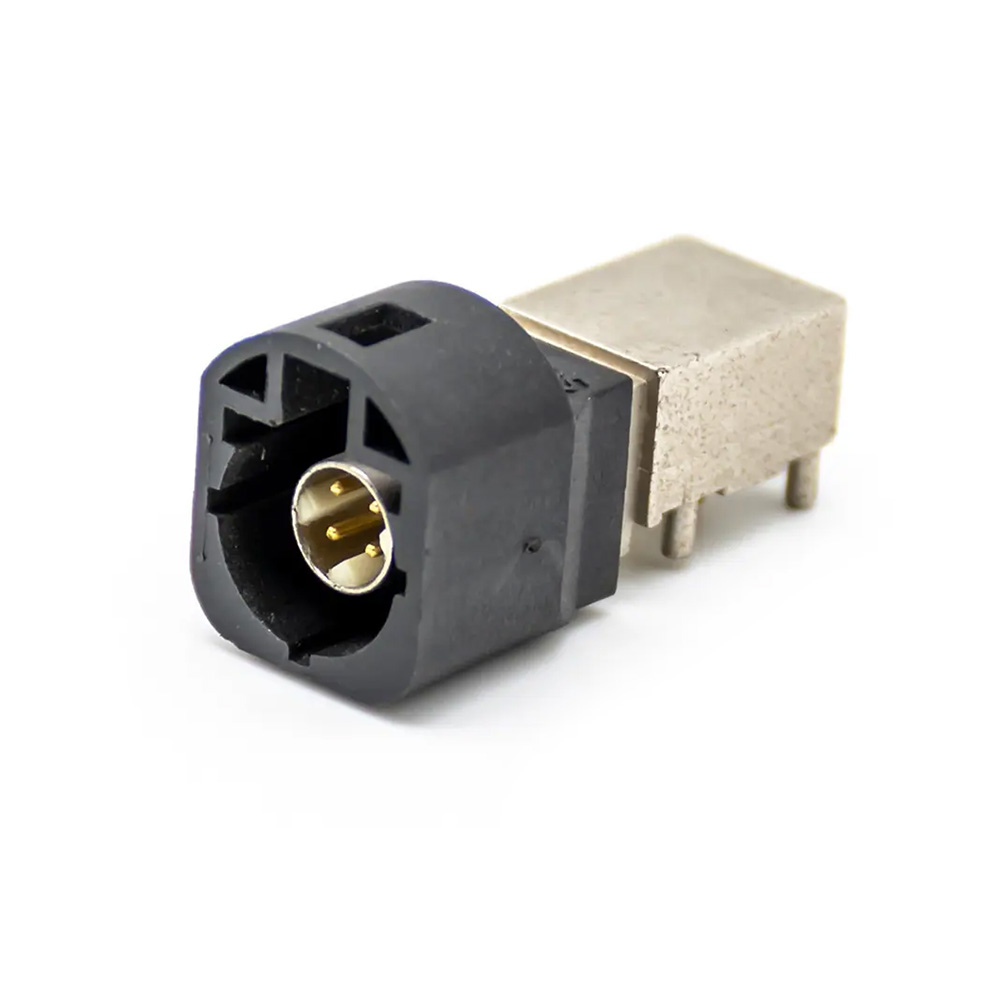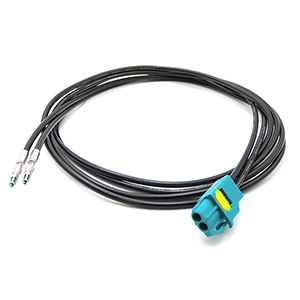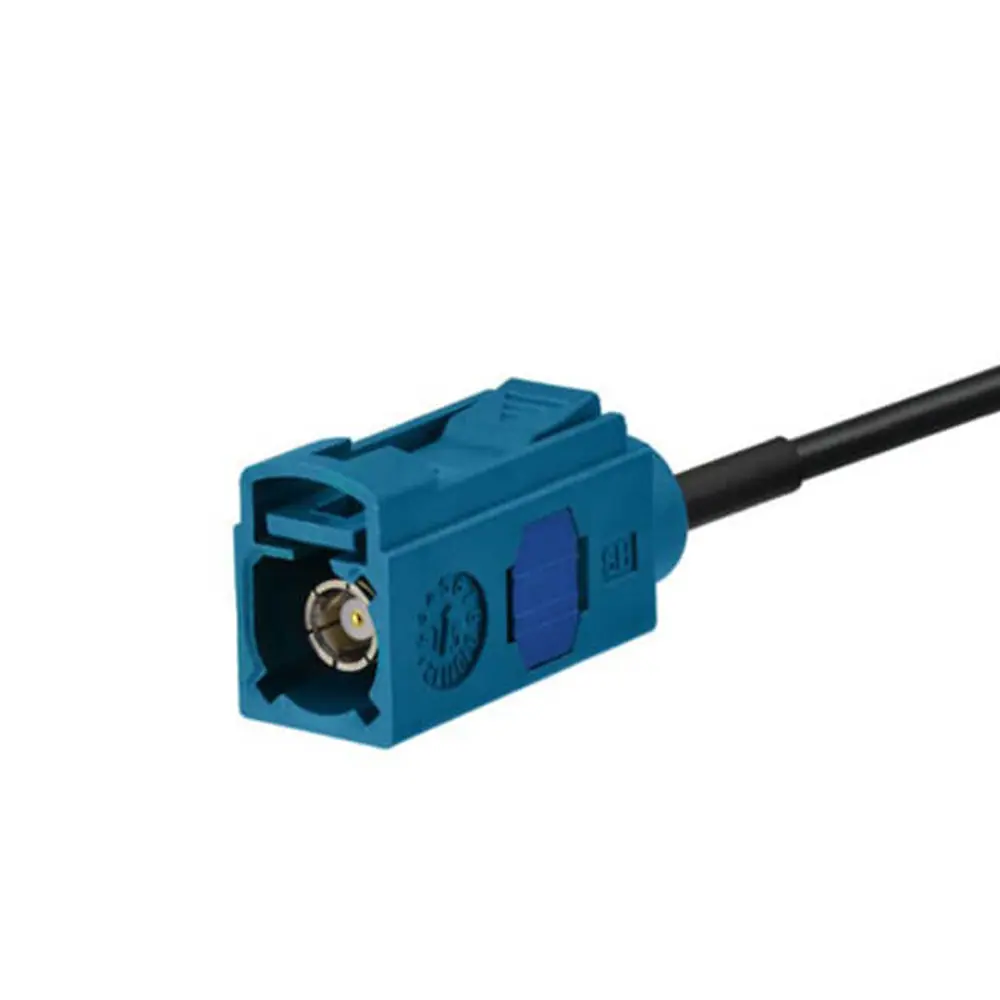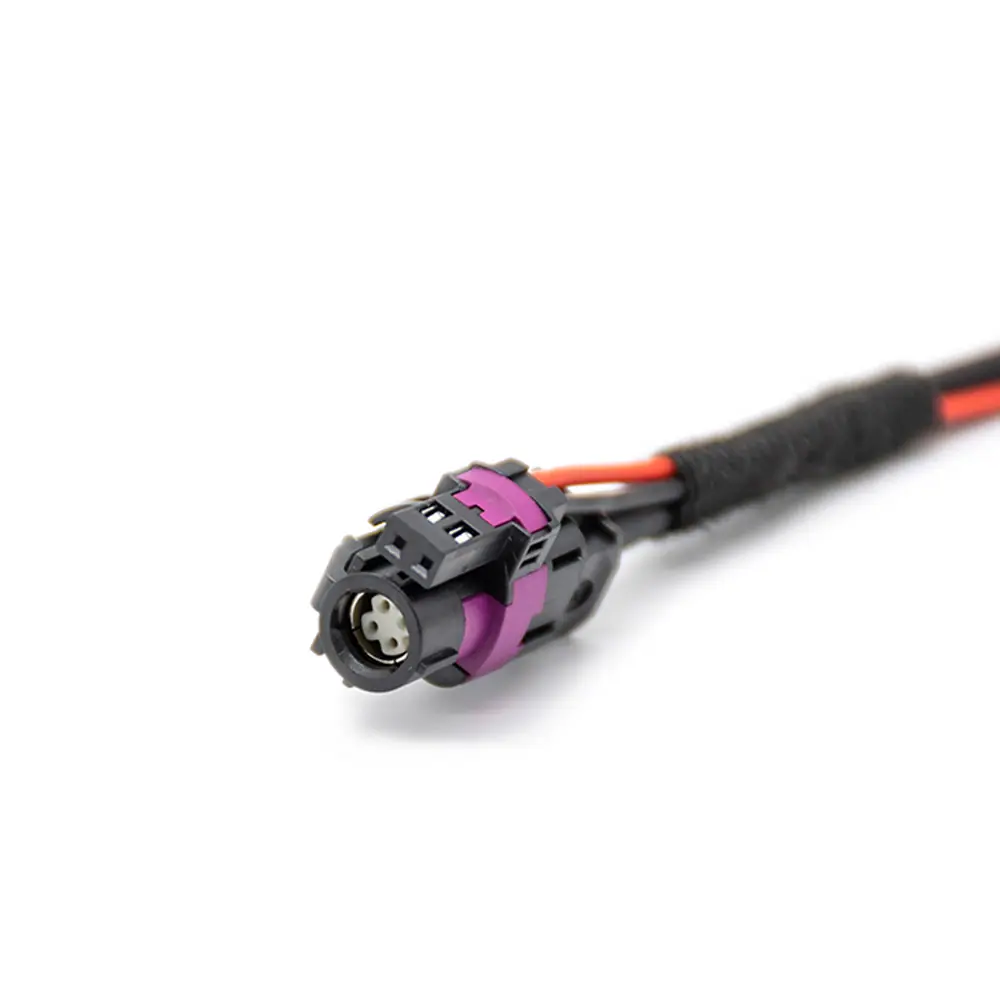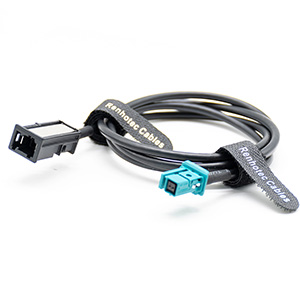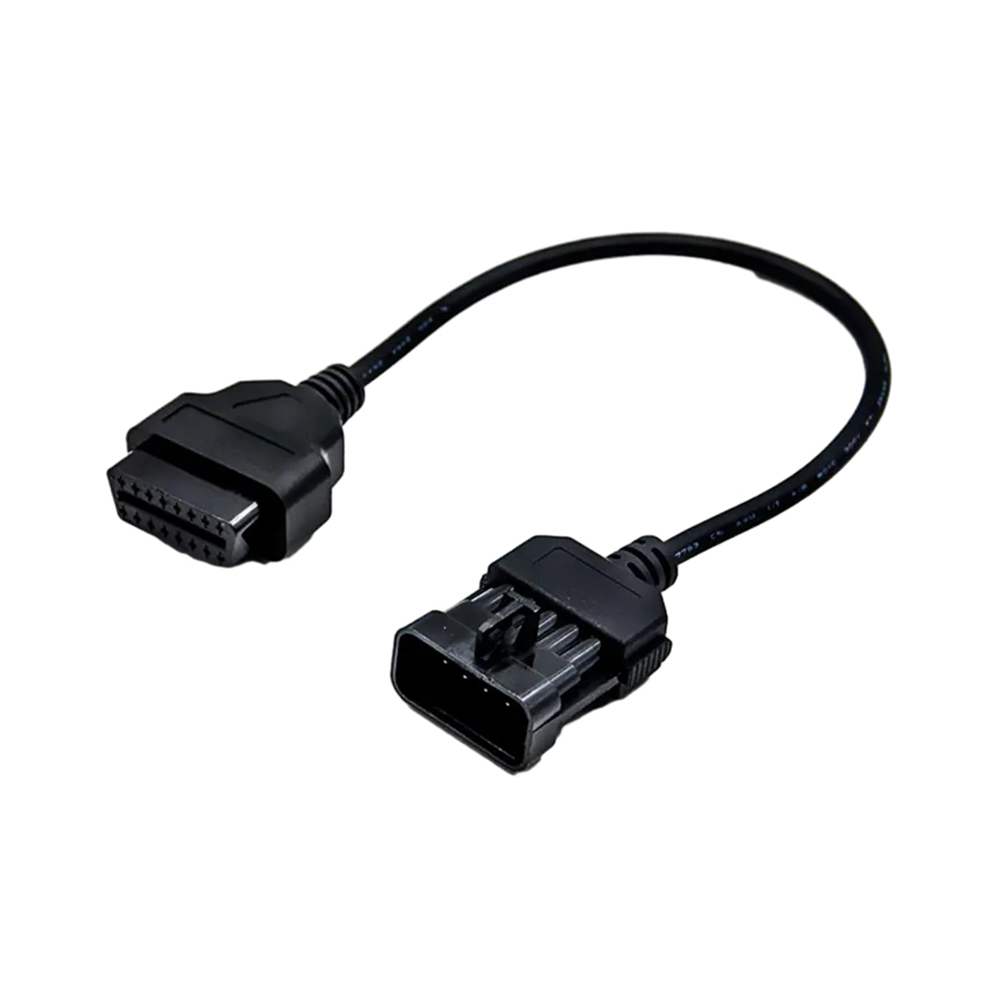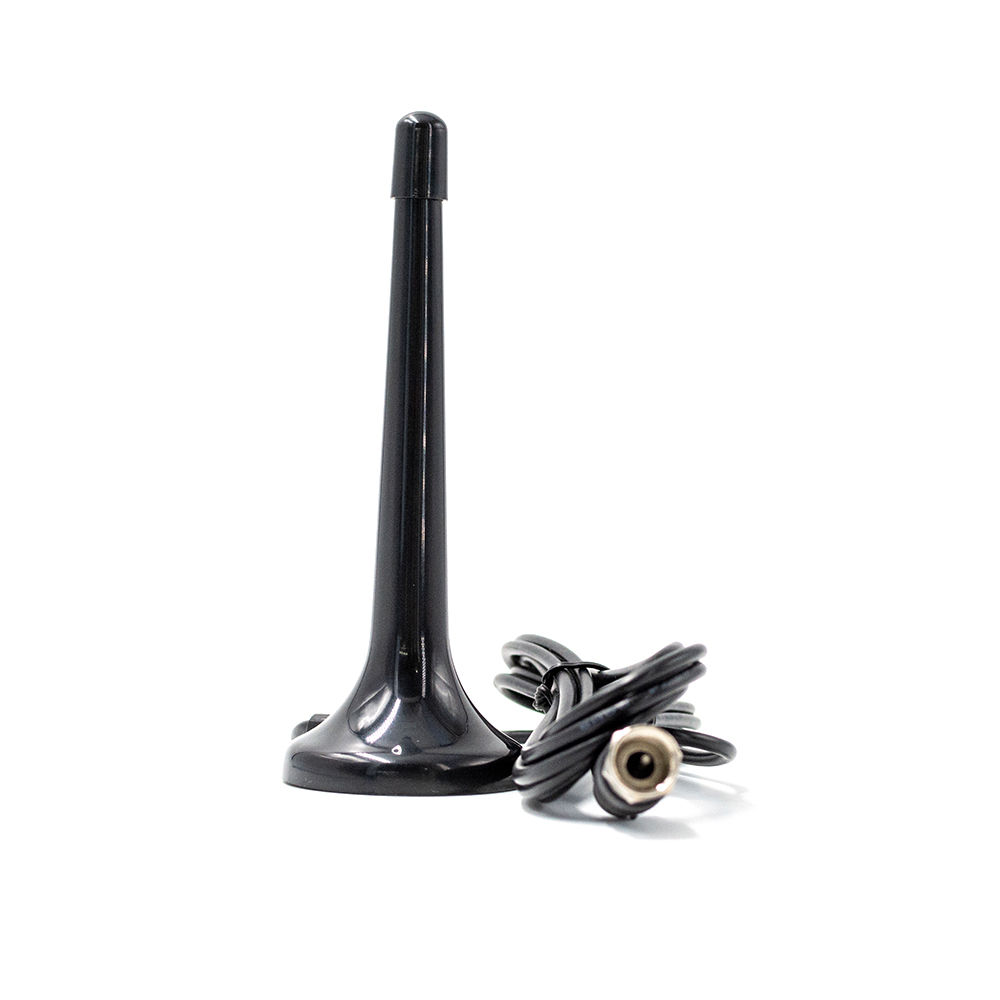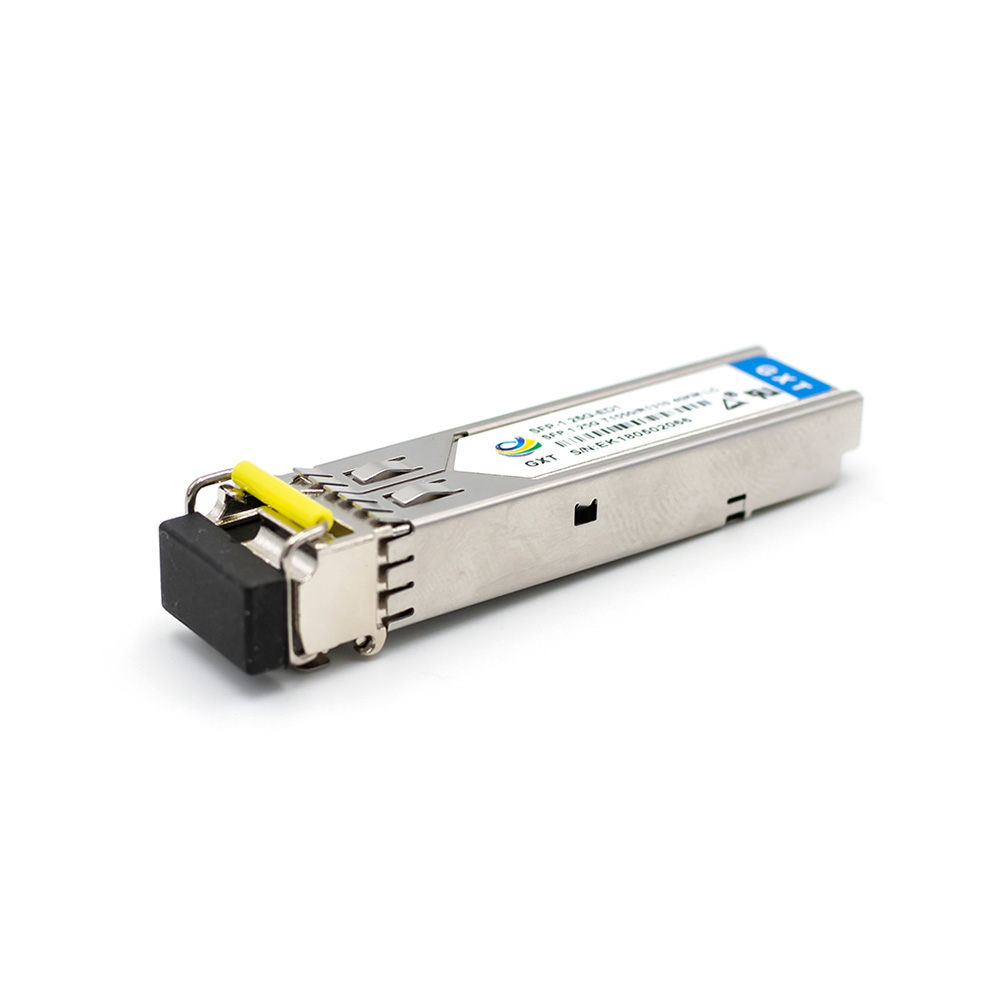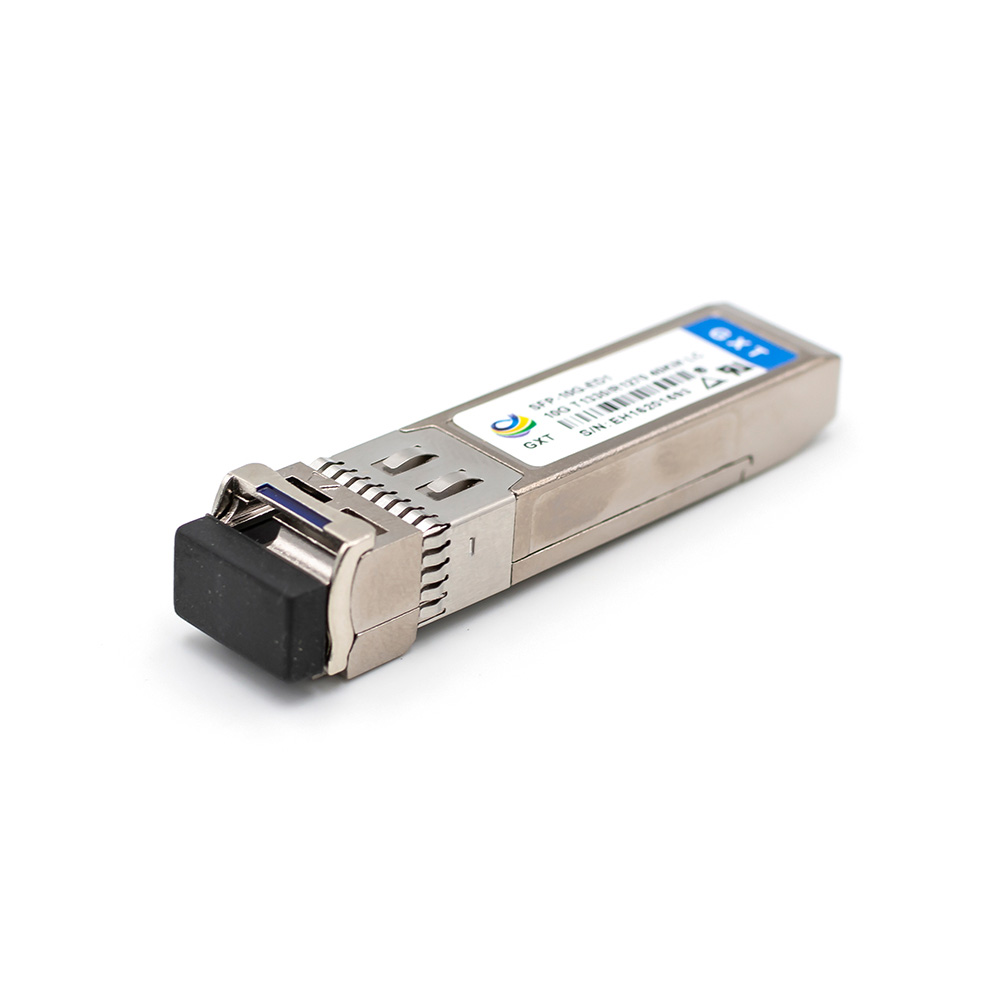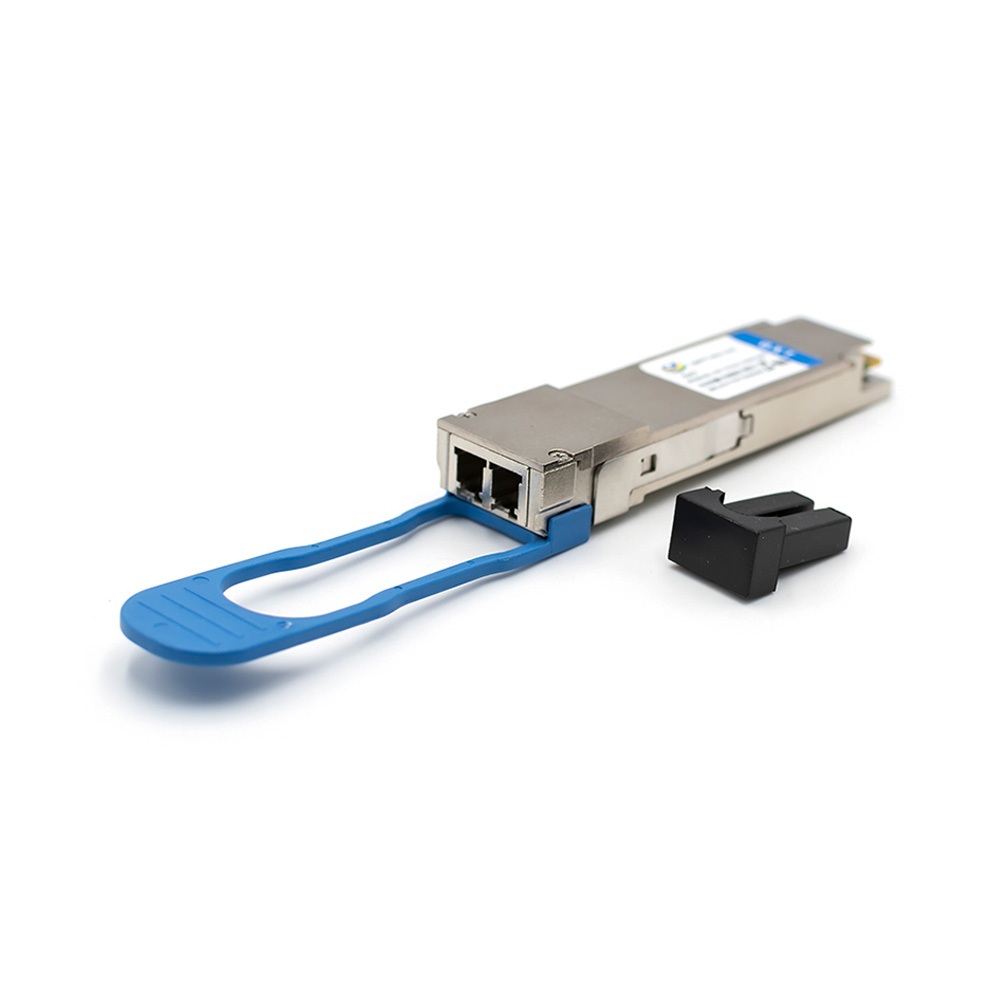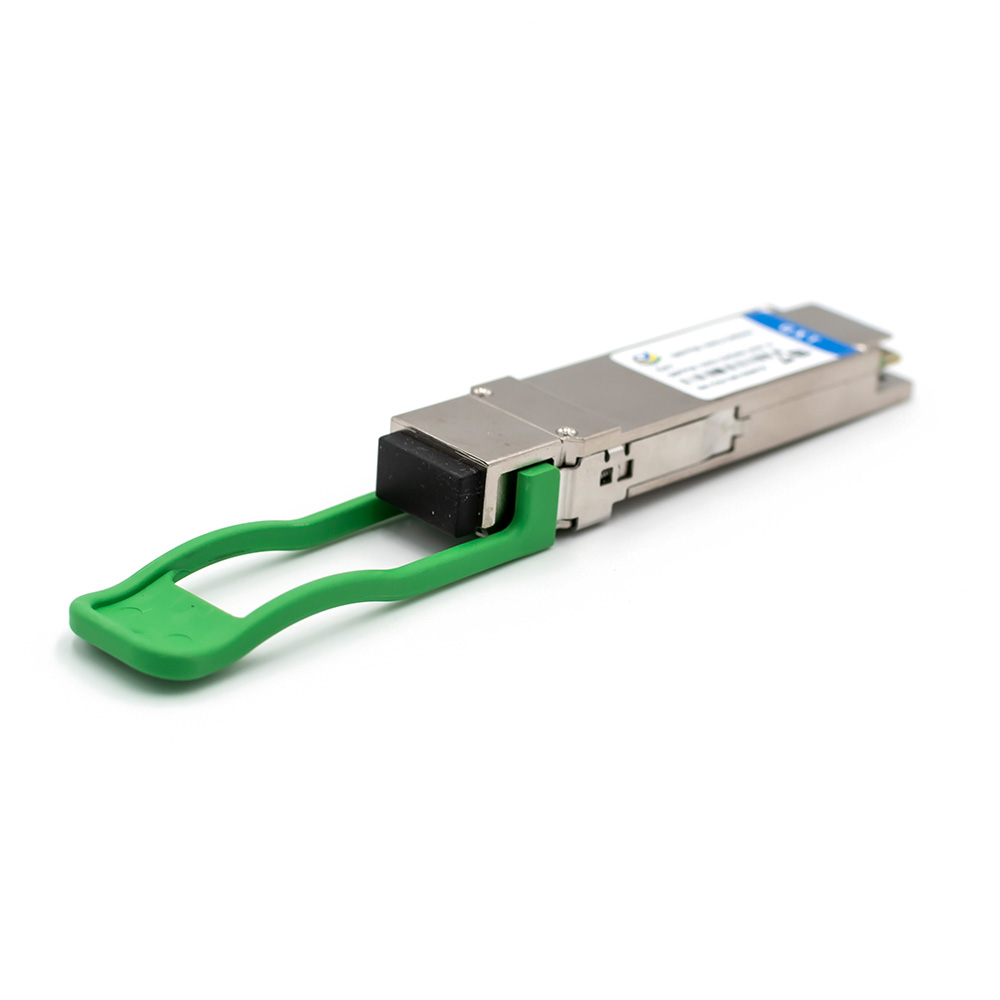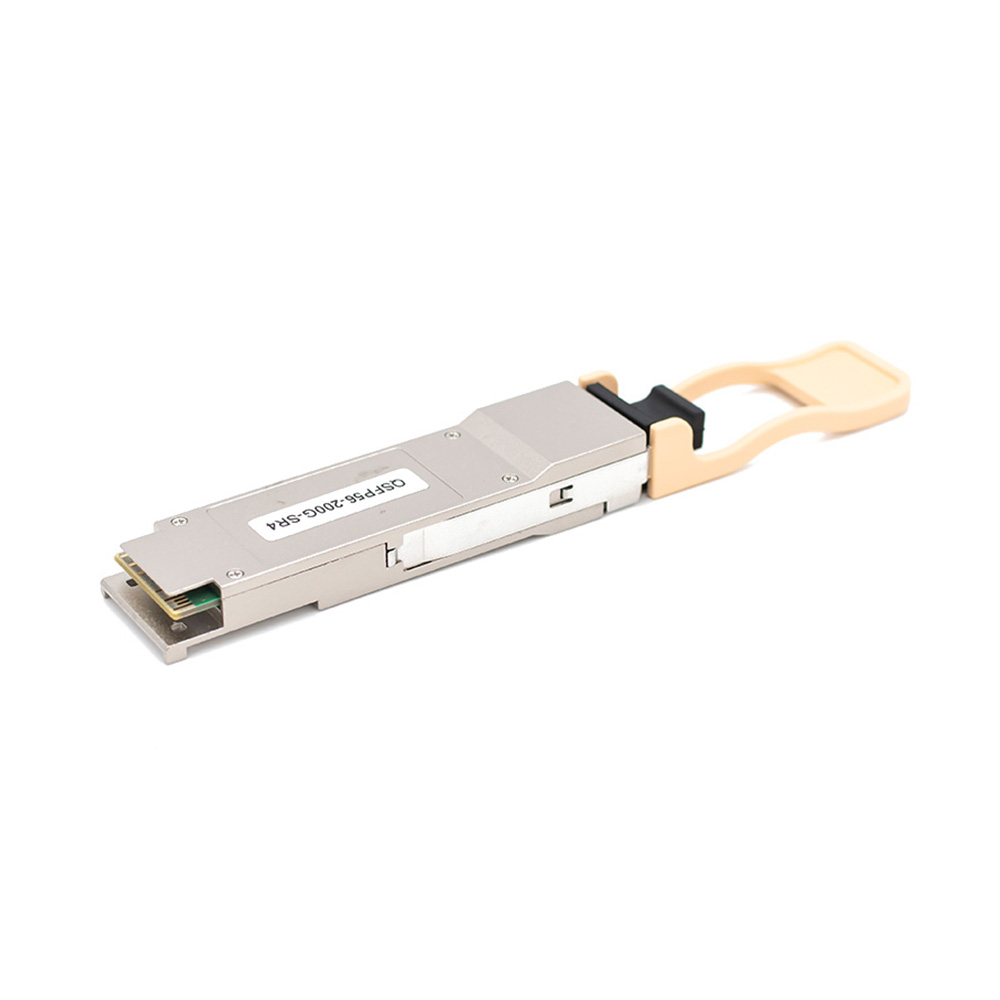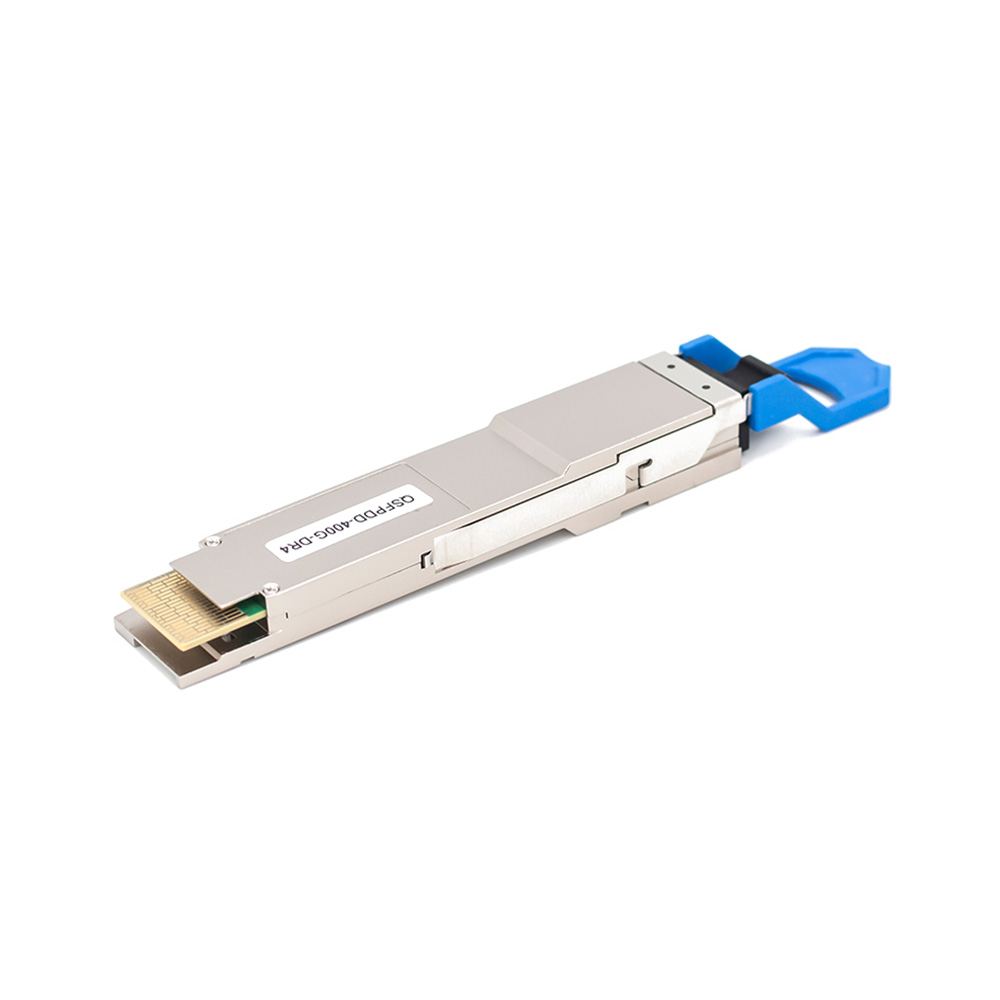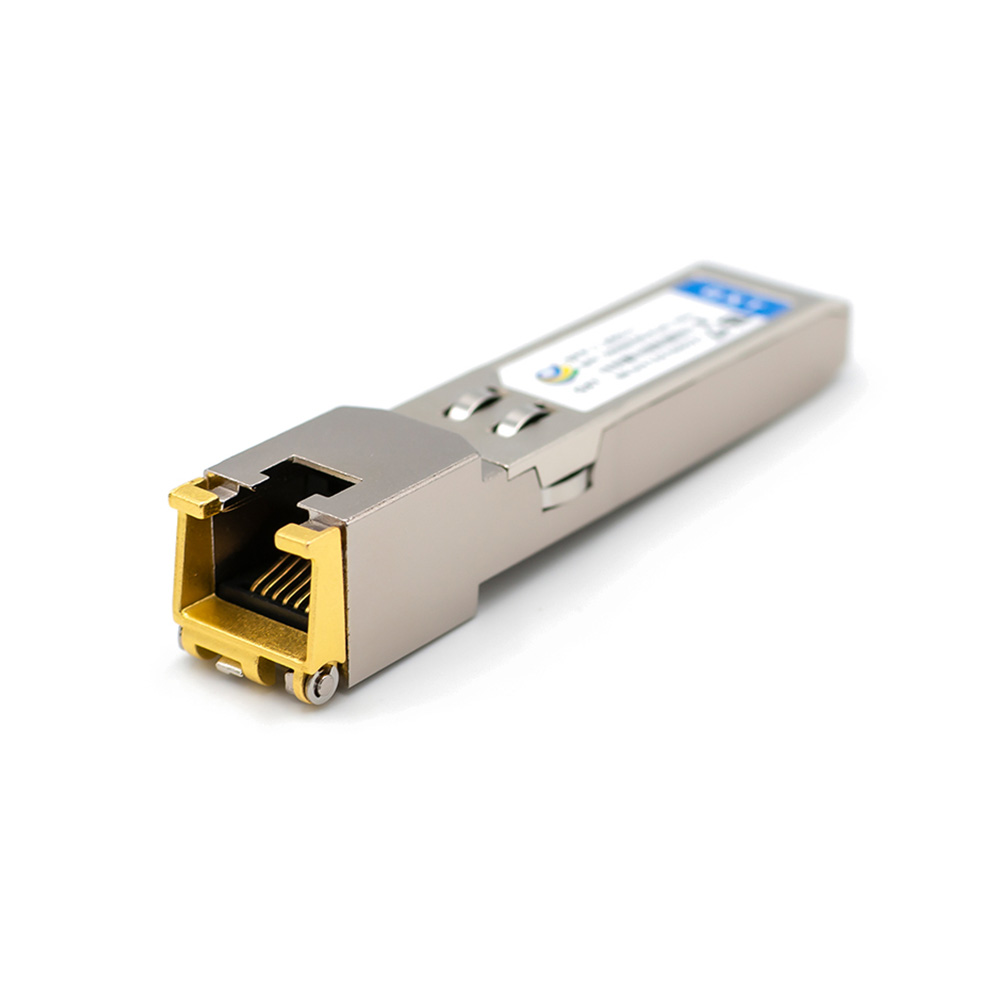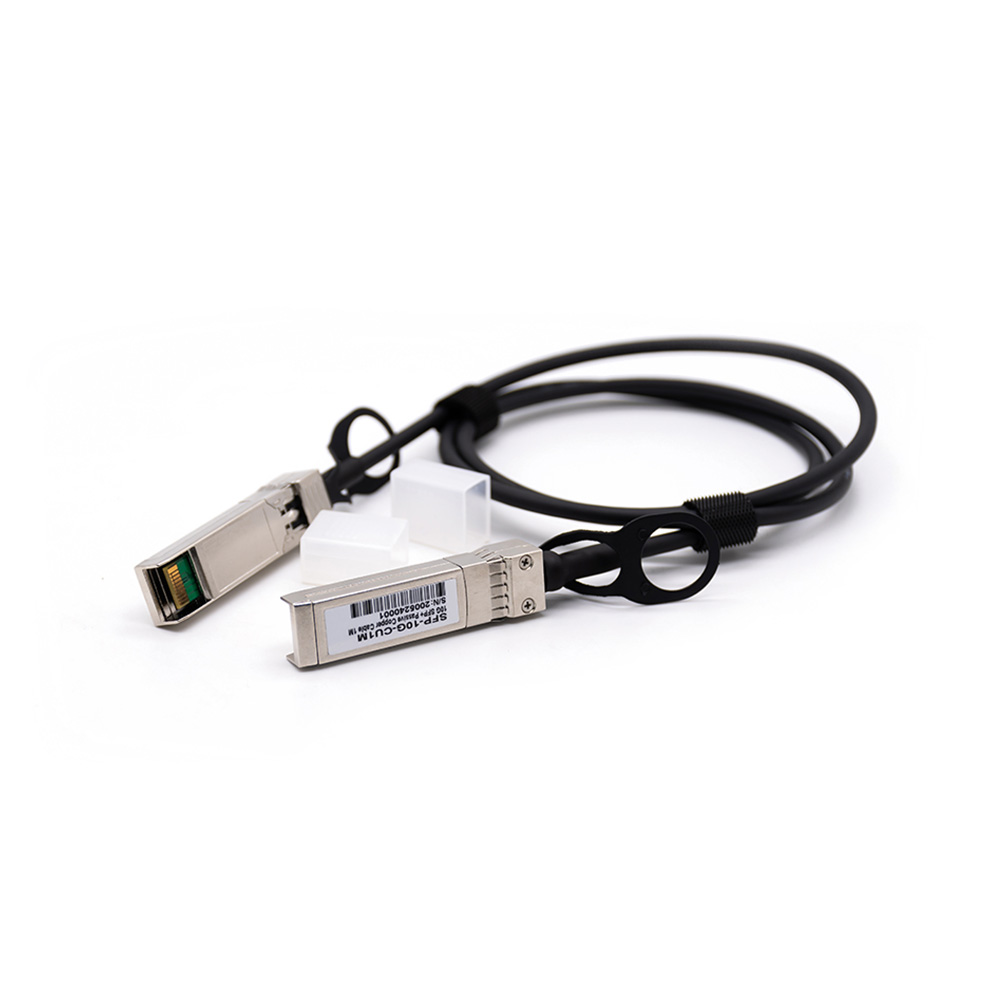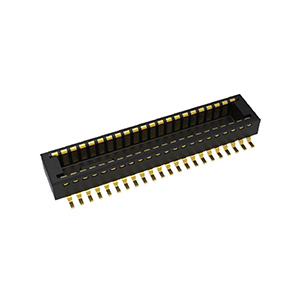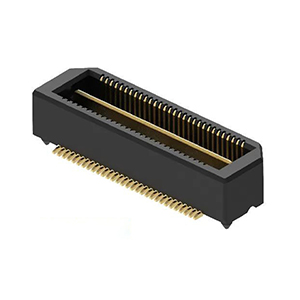Automotive Connector & Cable, RF Connector & Cable
Fakra Connector: RF Solutions for Automotive Systems
Fakra connectors are RF connectors specifically designed for automotive applications. The term “Fakra” originates from the German “Fachkreis Automobil,” meaning “Automotive Expert Group.” With the increasing reliance on high-frequency signals in modern automotive systems, these connectors have become essential in communication, navigation, and entertainment systems.
Fakra connectors feature a standardized keying system, color-coded housings, and a robust design, making them well-suited to withstand the harsh conditions commonly found in automotive environments. They comply with the ISO 20860-1 standard, ensuring compatibility and interoperability across different manufacturers and vehicle platforms.
Structure and Design
Fakra connectors are based on the widely used SMB (SubMiniature B) connectors and have been optimized to meet automotive standards. Encased in a plastic housing, they provide mechanical support, environmental protection, and keying features to prevent misconnection. The housings are color-coded to indicate specific applications, such as GPS, satellite radio, or camera systems.


The keying system plays a critical role in automotive applications, where multiple RF signals often transmit through the same wiring harness. Fakra connectors use unique mechanical keying features to ensure only matching connectors mate, preventing accidental cross-connections that could cause system failures or degrade performance.
Inside the housing, Fakra connectors retain the standard SMB interface, providing a stable and reliable connection for high-frequency signals. These connectors typically support frequencies up to 6 GHz, making them suitable for various RF applications within the vehicle.
Fakra Connector Applications
Fakra connectors are widely used in automotive systems that require stable transmission of high-frequency RF signals. Common applications include GPS navigation systems, where Fakra connectors link GPS antennas to onboard navigation systems. Their high-frequency performance ensures accurate and reliable signal transmission, enhancing navigation precision.
In satellite radio systems, Fakra connectors connect satellite antennas to receivers, and their robust design ensures signal stability even under harsh driving conditions. Additionally, telematics and infotainment systems rely on Fakra connectors to transmit Bluetooth, Wi-Fi, and cellular signals, ensuring uninterrupted and interference-free signal transmission.

Fakra connectors are also used in rear-view and surround-view camera systems, connecting cameras to vehicle display systems to provide a clear view of the surroundings. Their secure locking mechanism ensures reliable video signal transmission in all driving conditions.
In advanced driver assistance systems (ADAS), Fakra connectors transmit high-frequency signals from radar, LiDAR, and other sensors, ensuring precise operation and uninterrupted data transmission. They are also applied to external antennas, commonly used for AM/FM radio, cellular communication, and Wi-Fi. Fakra connectors ensure a stable and strong connection between these antennas and the vehicle’s internal systems.
Key Considerations When Using Fakra Connectors
Ensure optimal performance and reliability of Fakra connector by addressing several important factors:
Correct Keying and Color Coding: One of the most critical aspects of using Fakra connectors is ensuring the correct keying and color coding for each application. Mismatched connectors can lead to system failures or performance issues, so verifying compatibility before making any connections is essential.
Secure Mating: Fakra connectors feature a locking mechanism to ensure a secure connection once mated. However, it is crucial to ensure that the connector is fully seated and locked during installation. An incomplete connection can result in signal loss or intermittent connectivity issues.
Cable Compatibility: Fakra connectors are designed for use with specific types of coaxial cables, typically 50-ohm impedance cables. Ensuring that the cables used are compatible with the connector is essential to prevent signal degradation and maintain optimal performance.
Frequency Considerations: While Fakra connectors support frequencies up to 6 GHz, the specific frequency requirements of the application must be considered. For applications requiring higher frequencies, alternative connector types may be more suitable.
Maintenance and Inspection: Regular maintenance and inspection are crucial for ensuring long-term reliability of Fakra connectors. Over time, connectors can accumulate dirt or suffer damage, leading to performance degradation. Cleaning with appropriate solvents and inspecting for signs of wear or damage can help prevent connectivity issues.
Interference and Shielding: In vehicles, multiple RF systems may operate simultaneously, potentially causing interference if not managed properly. While Fakra connectors are designed to provide good electromagnetic interference (EMI) shielding, careful consideration of cable and connector placement is needed to minimize potential interference.

